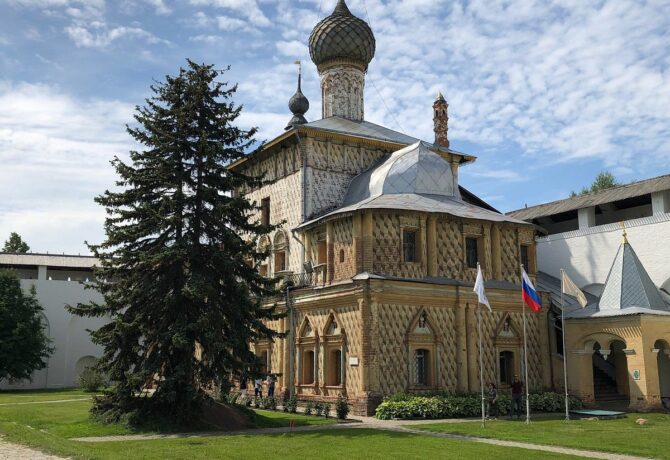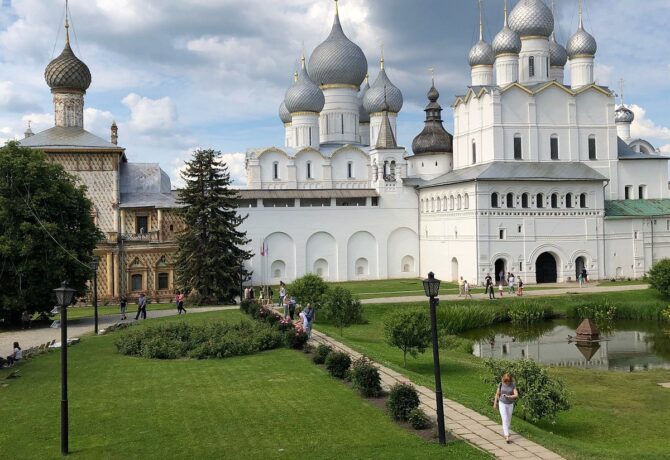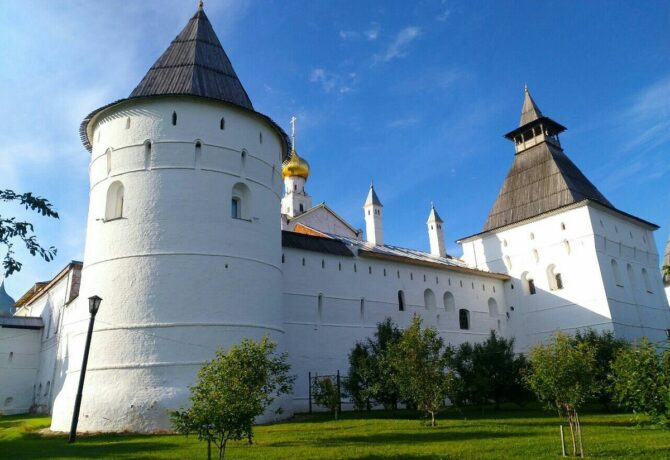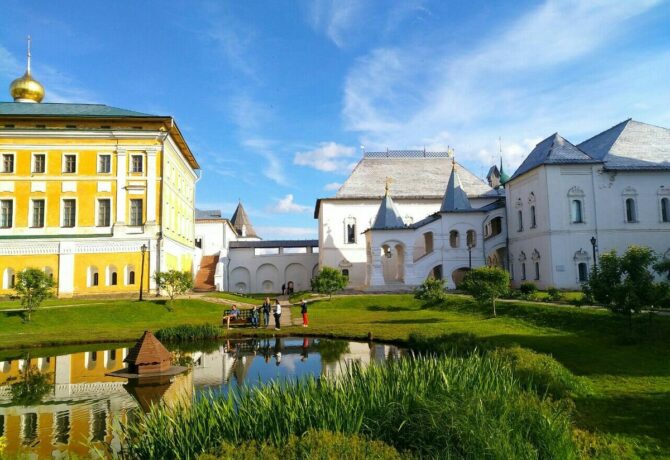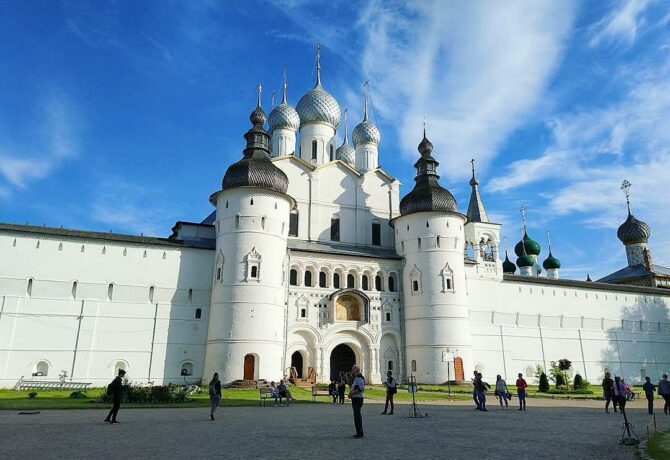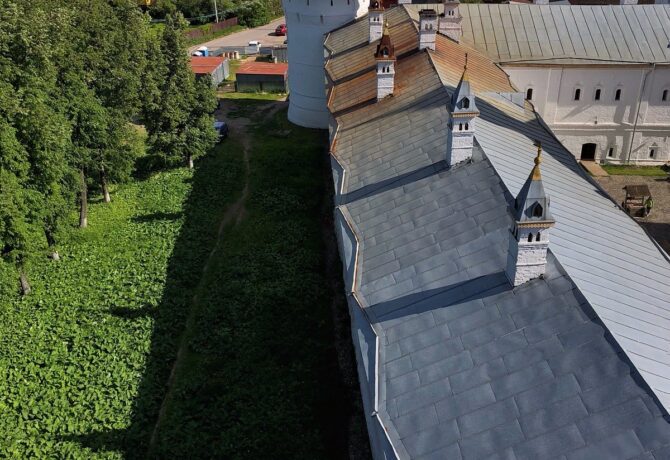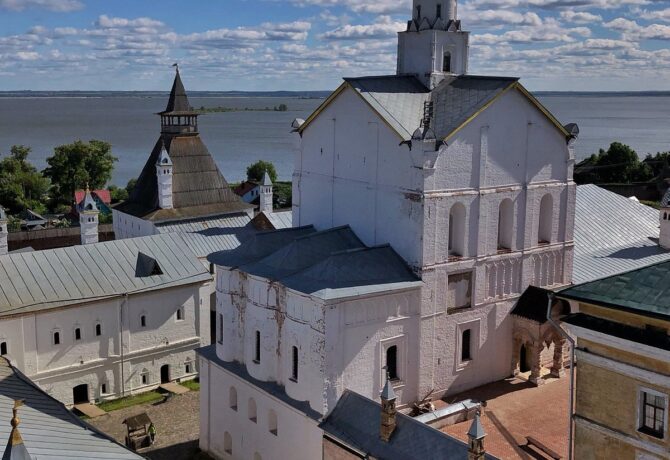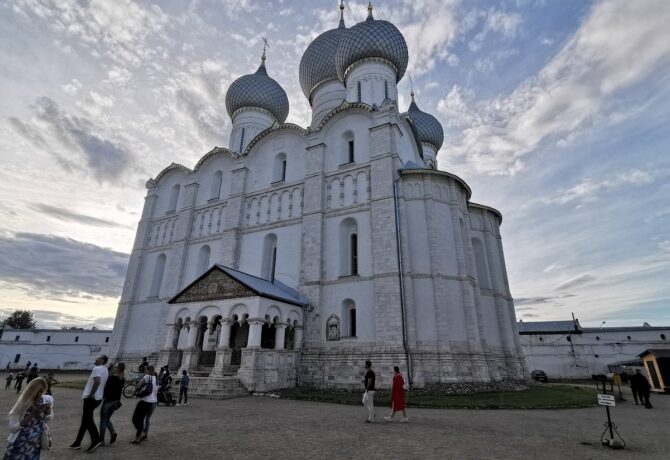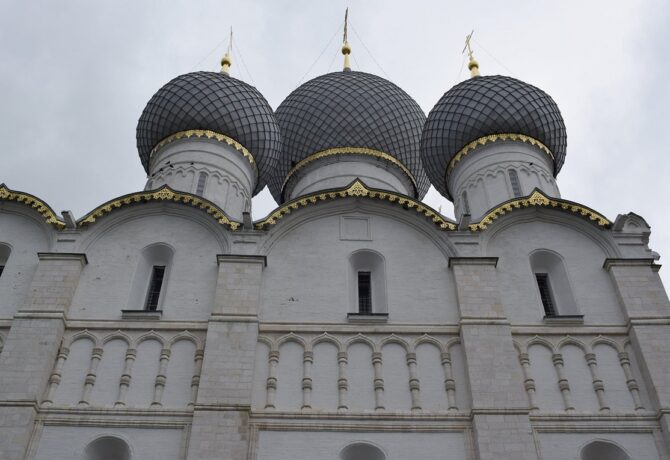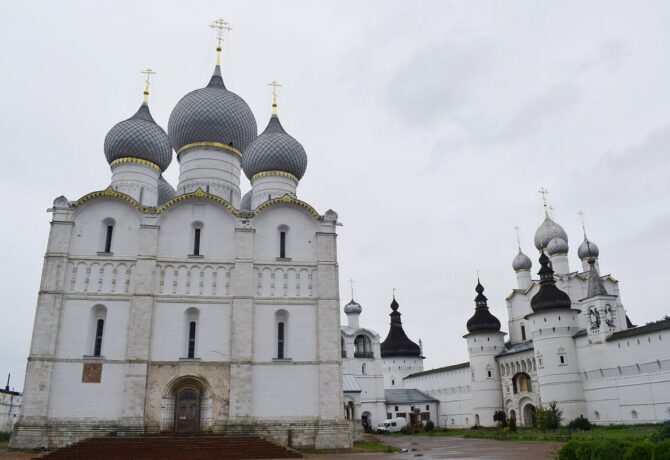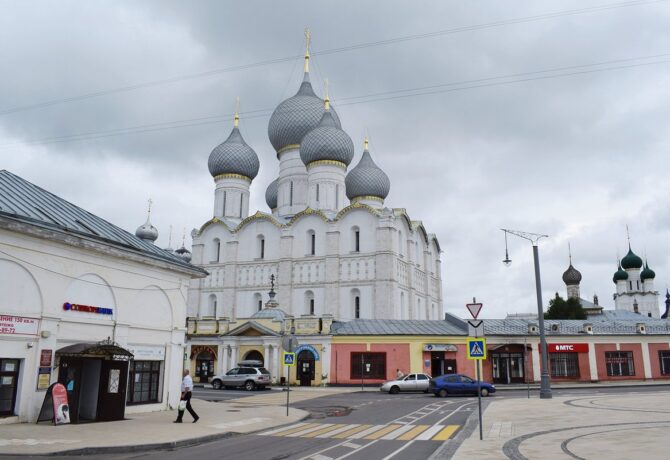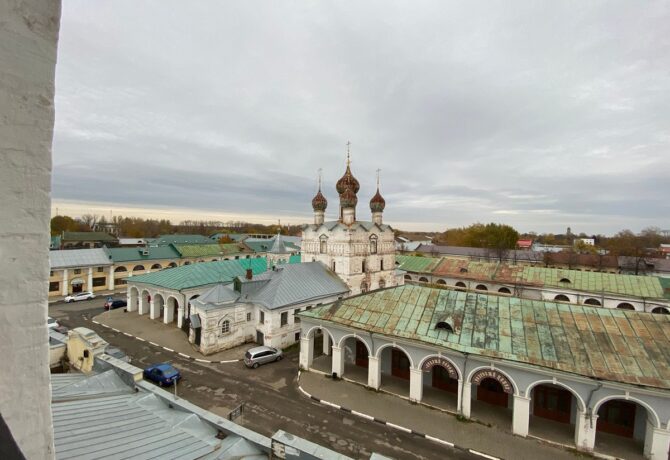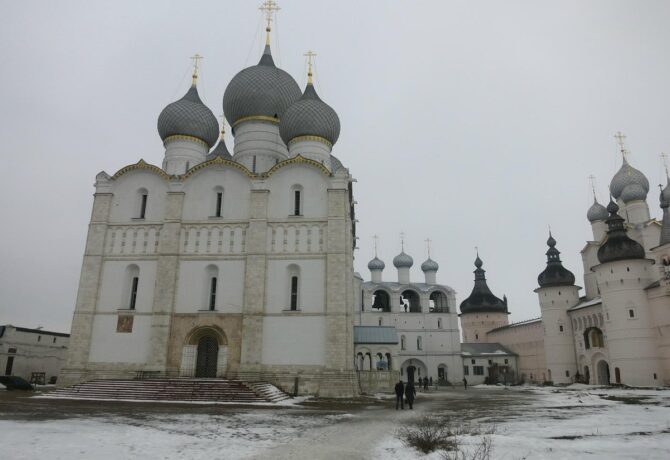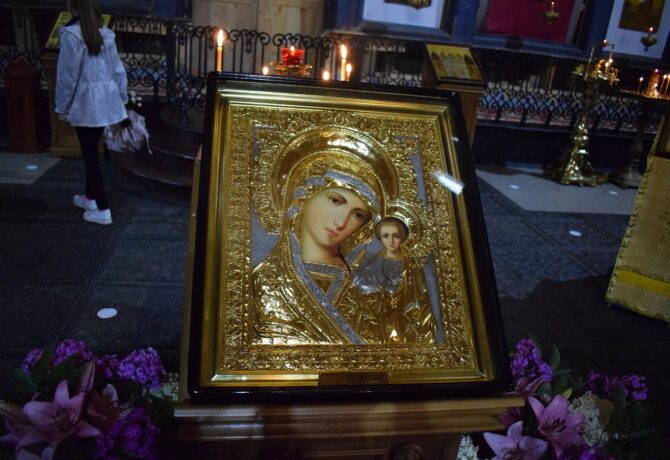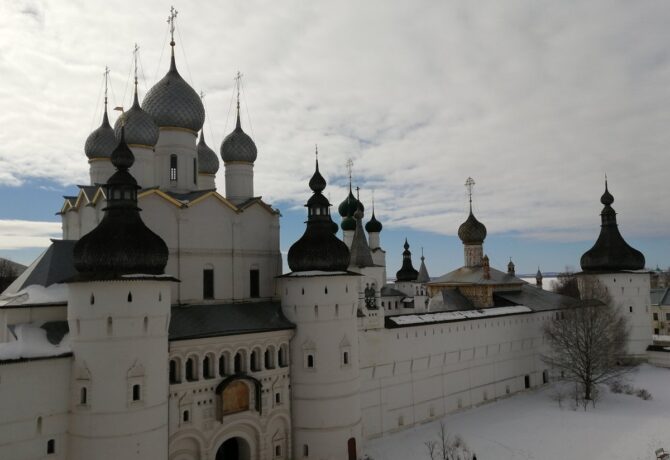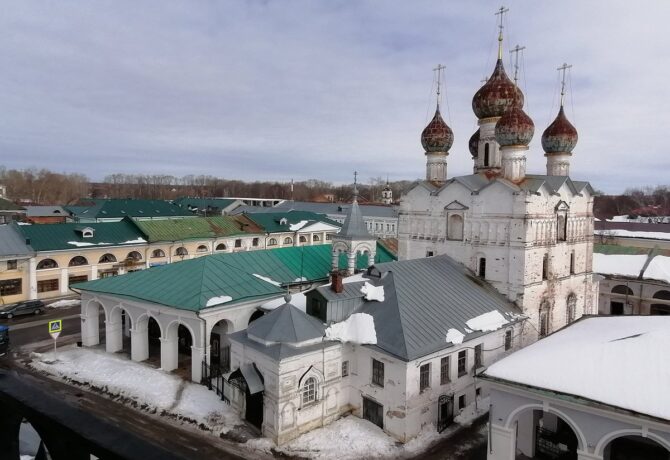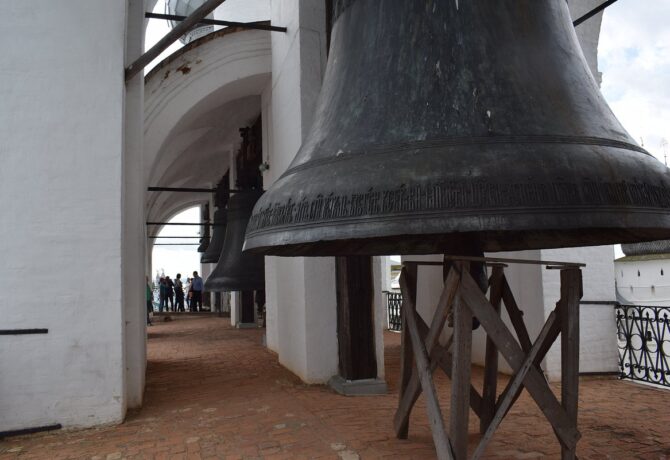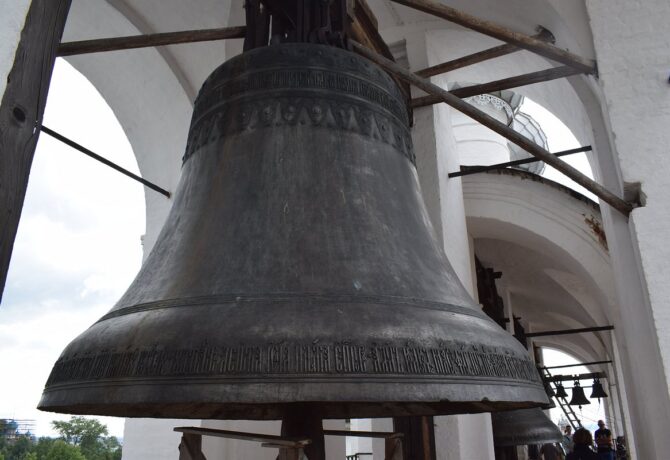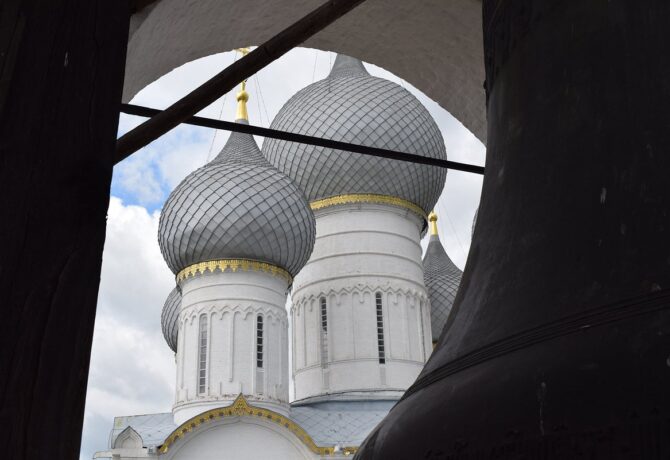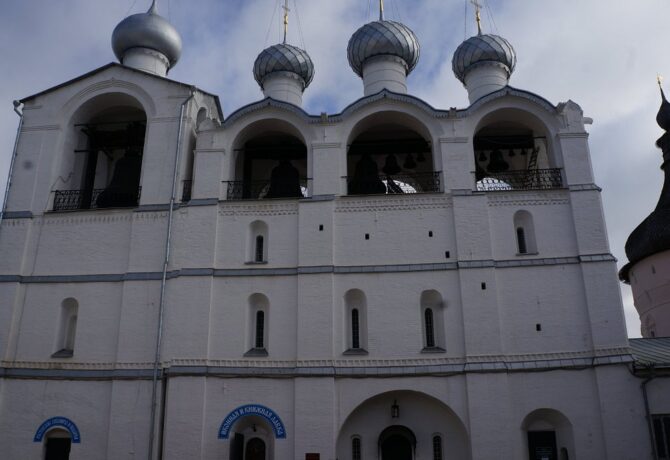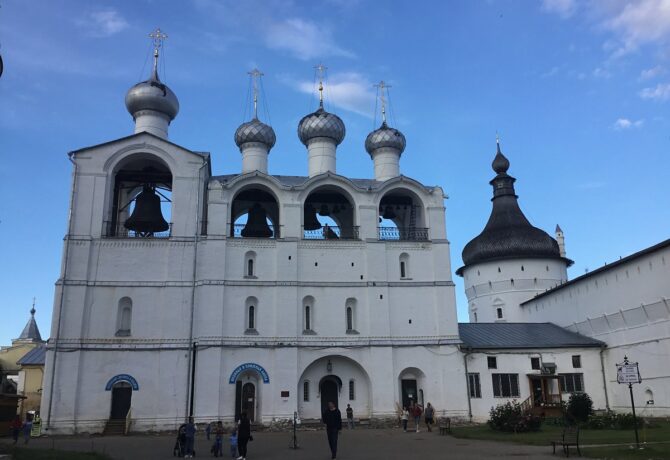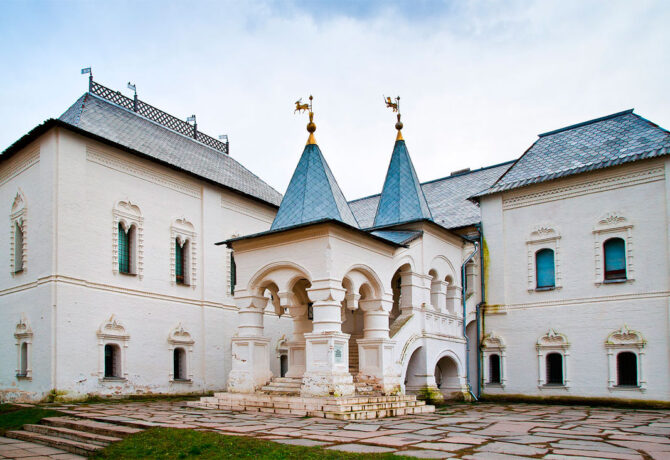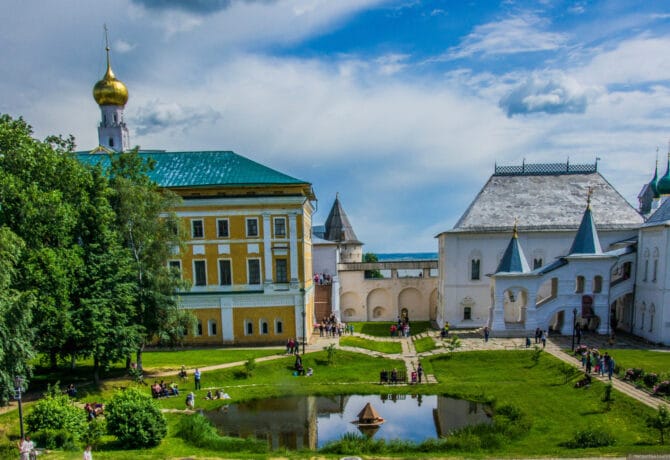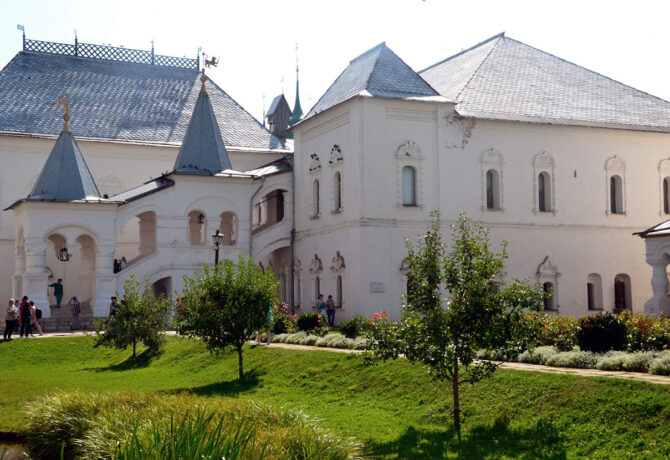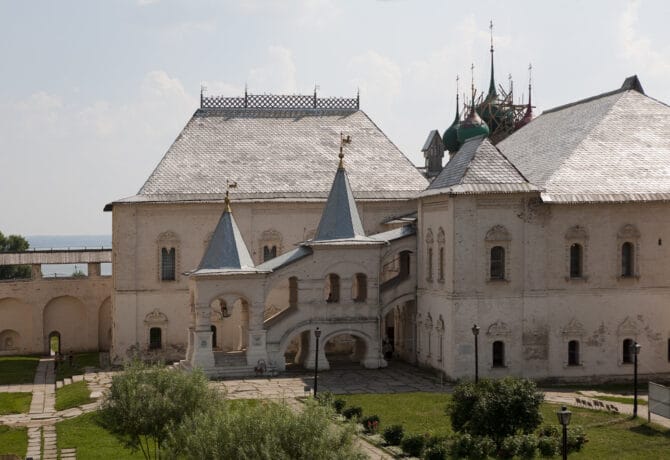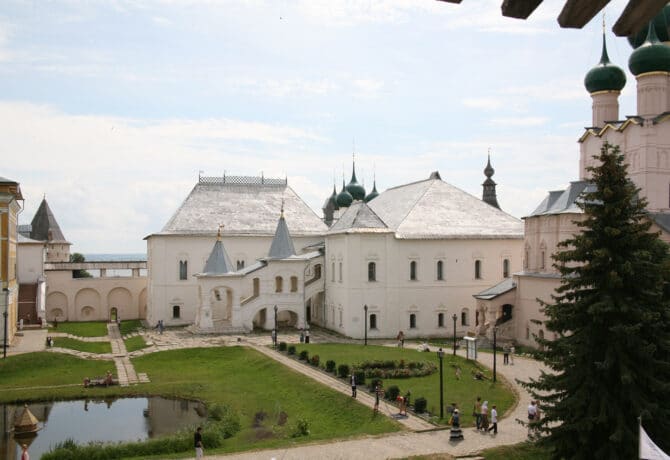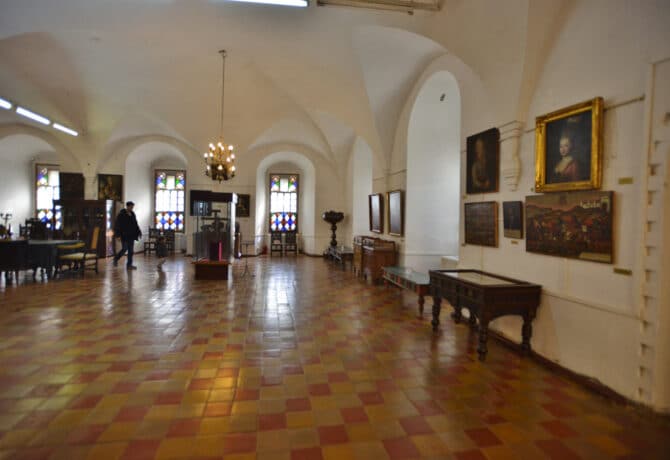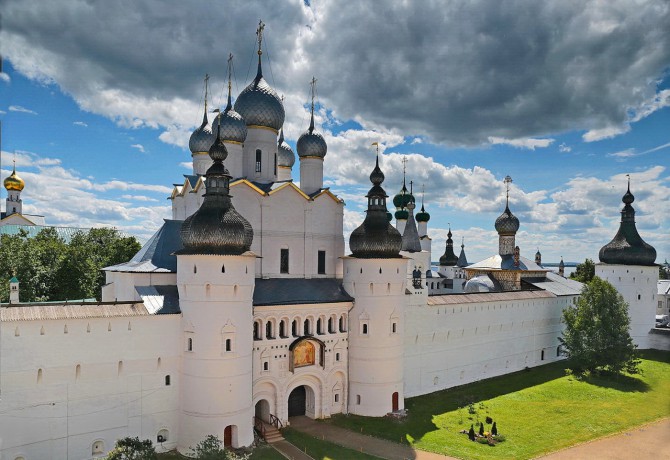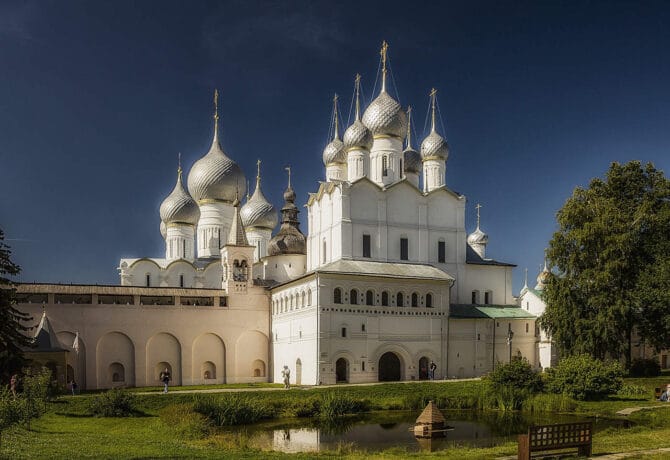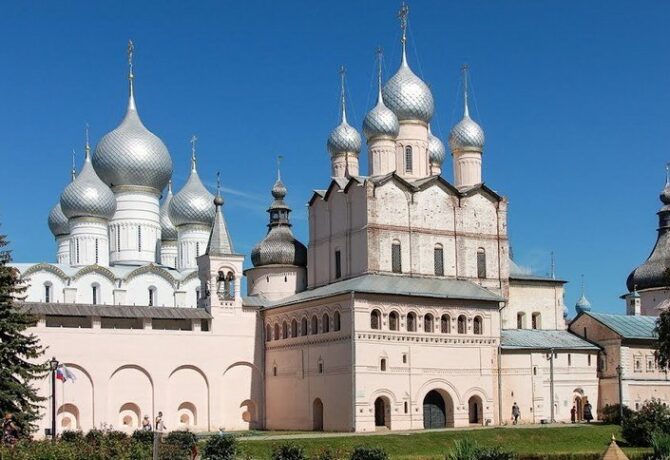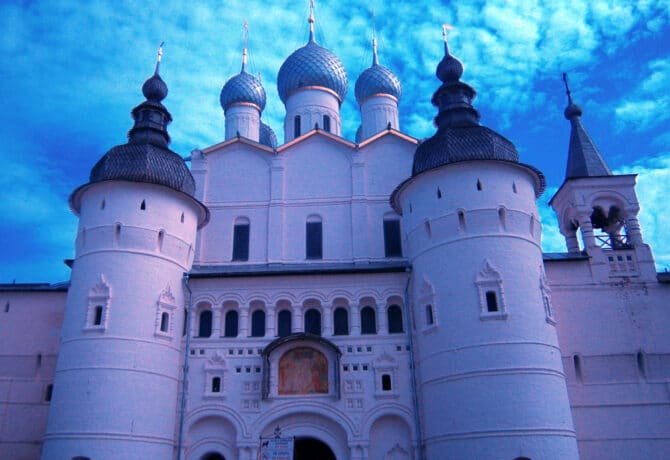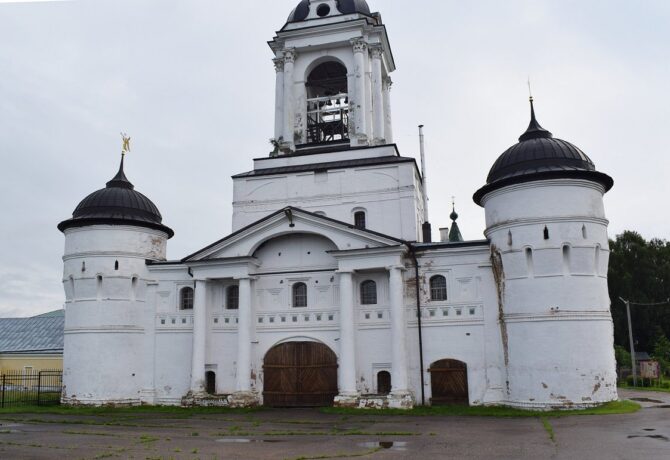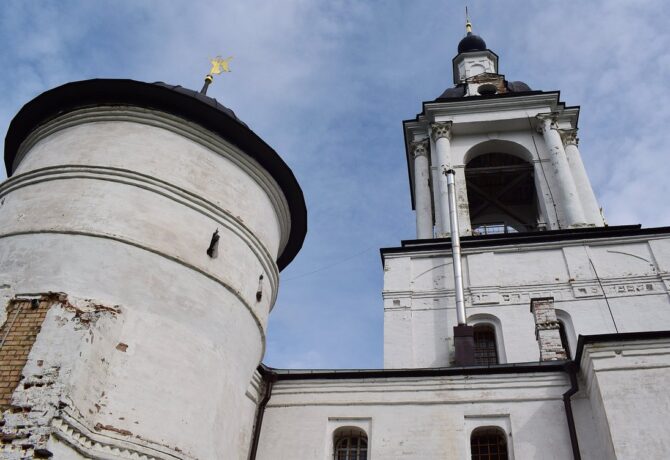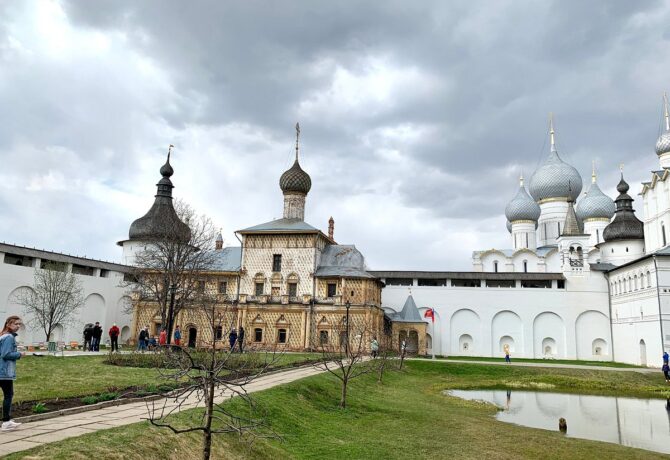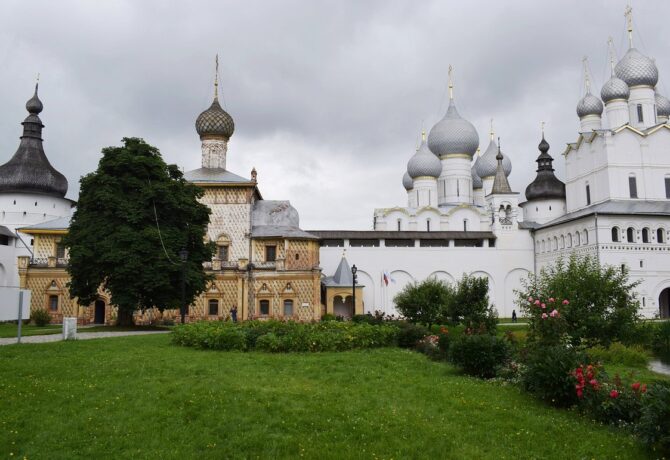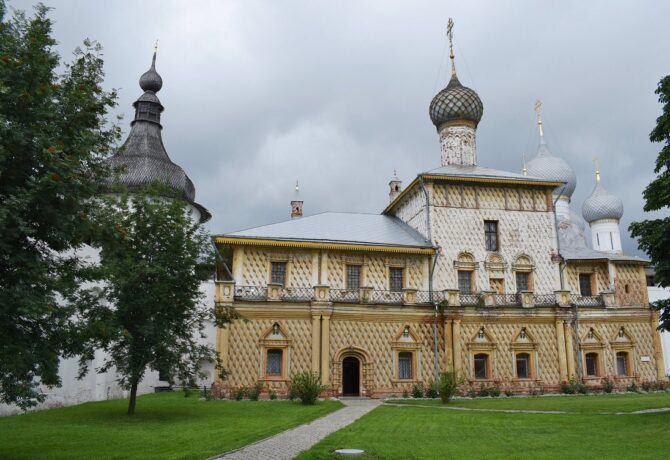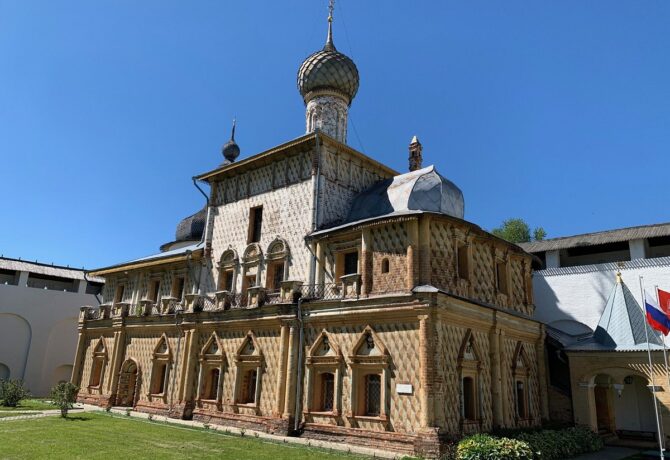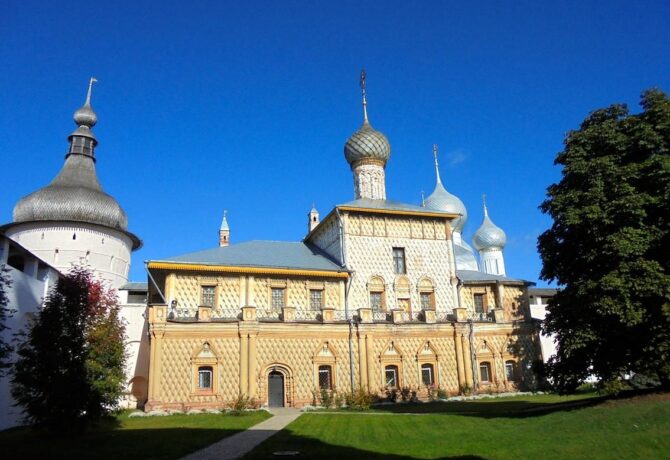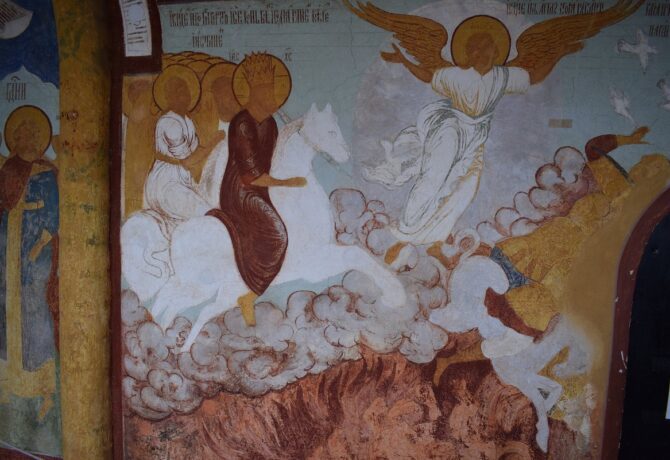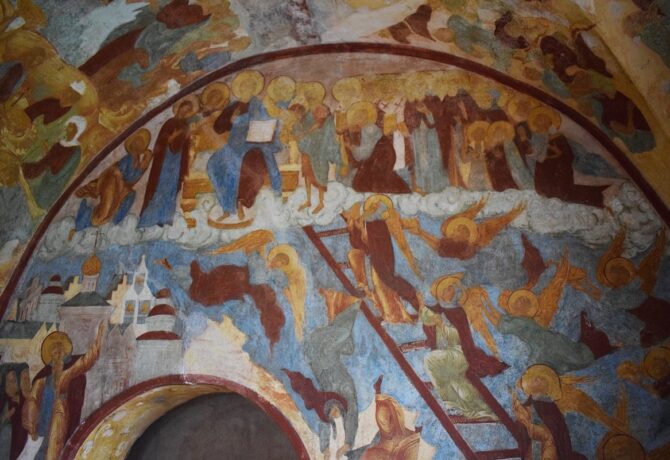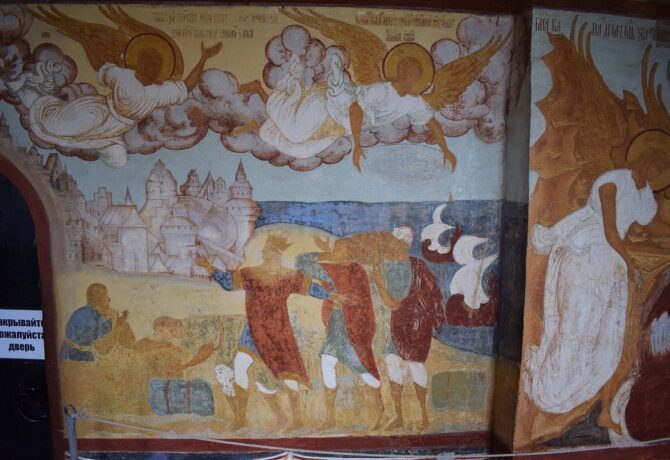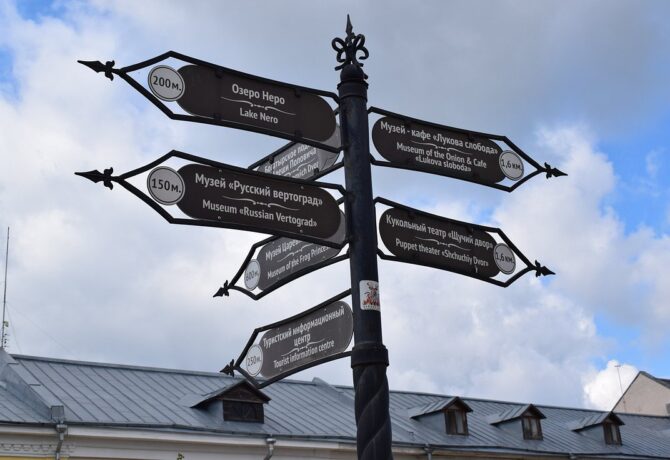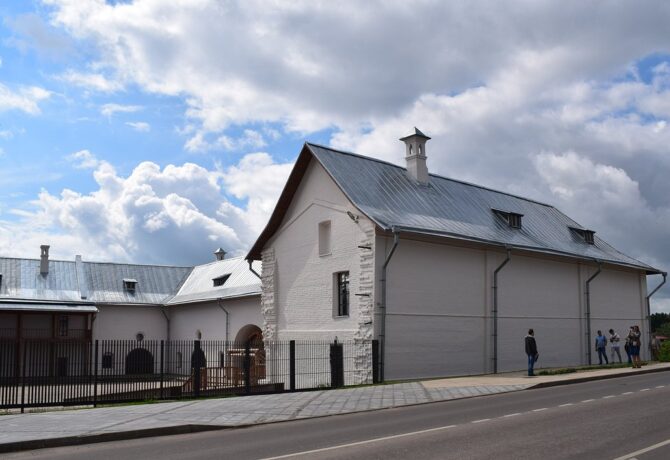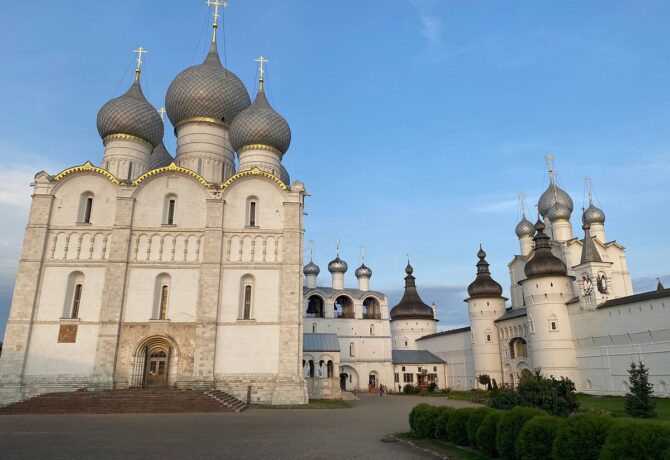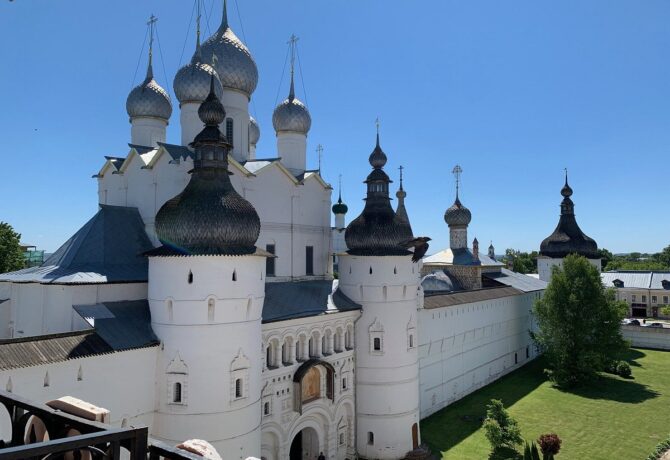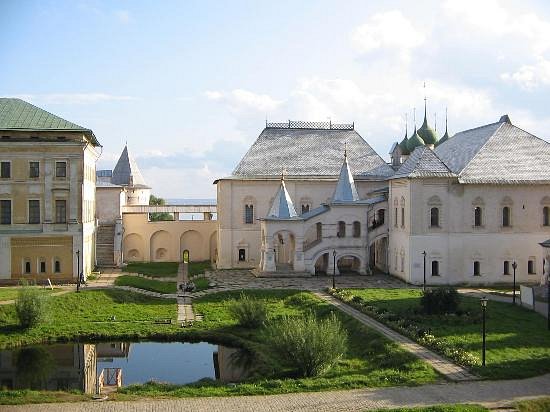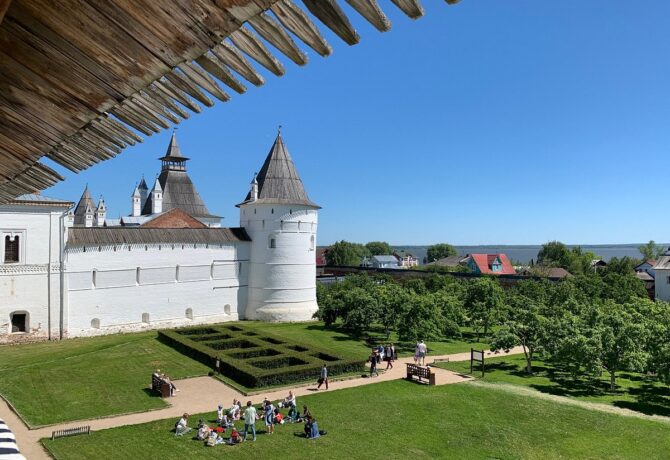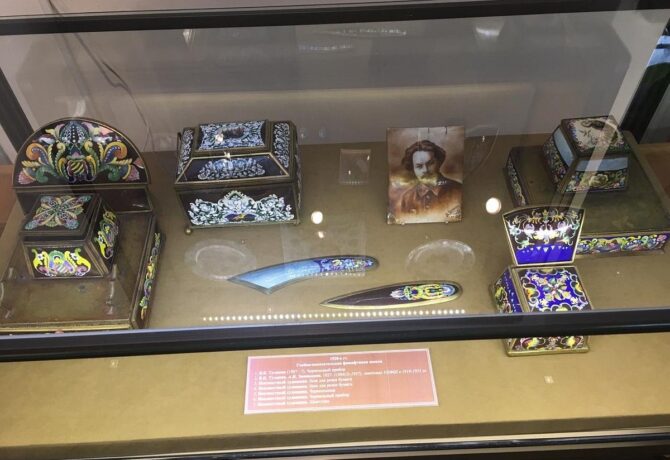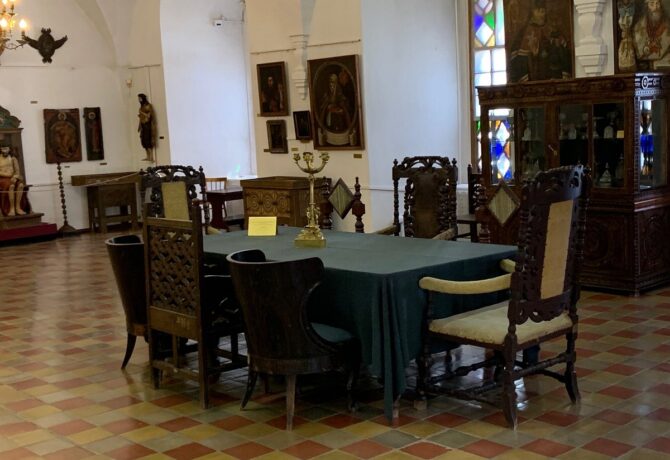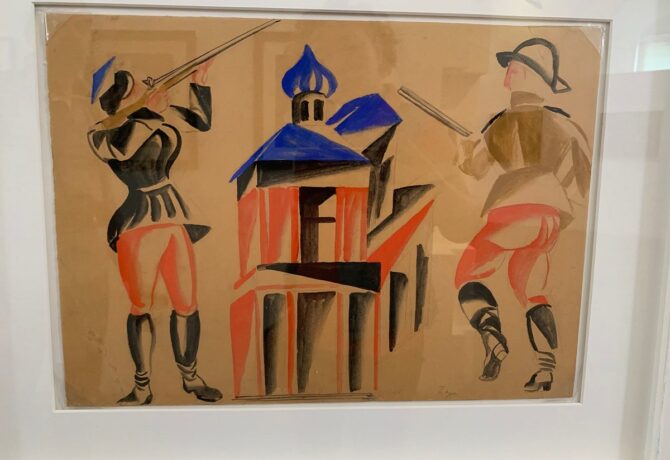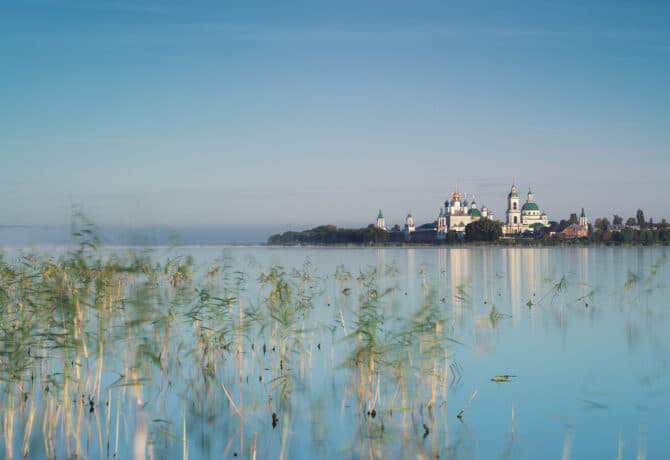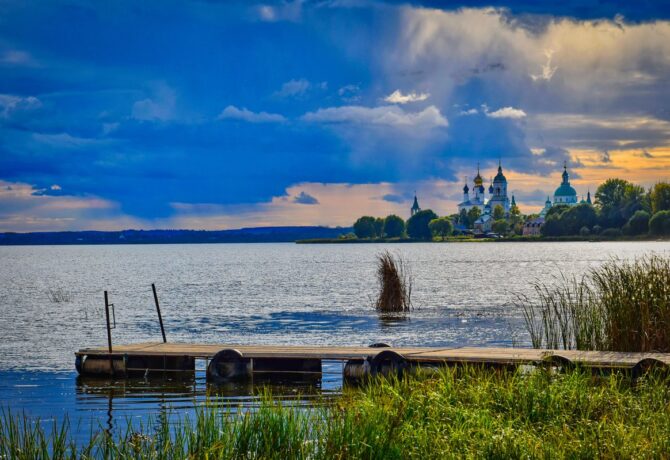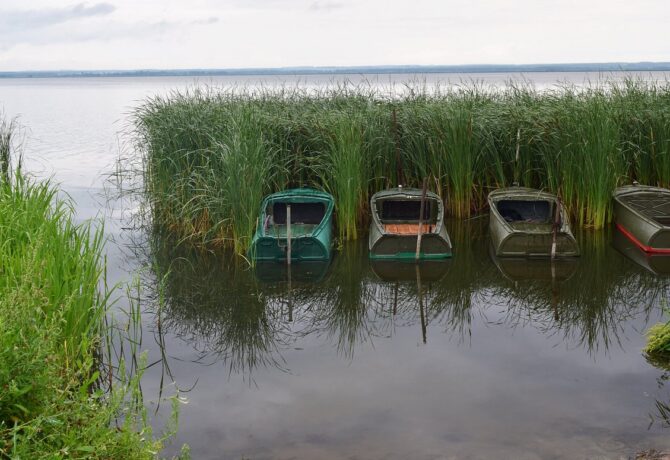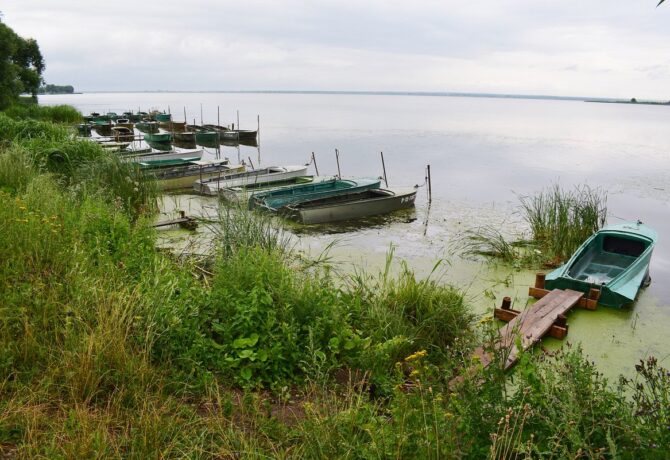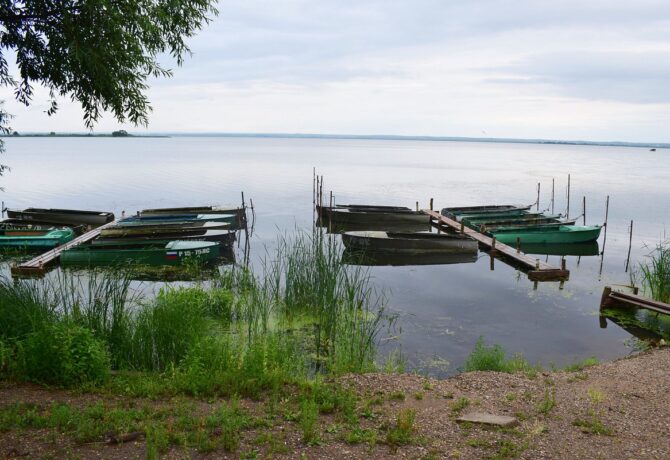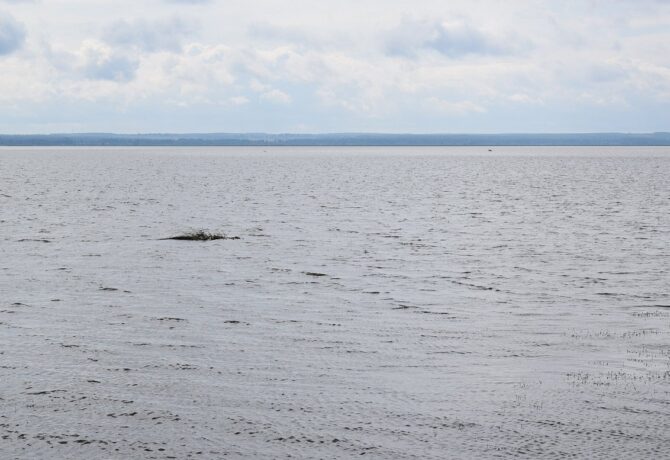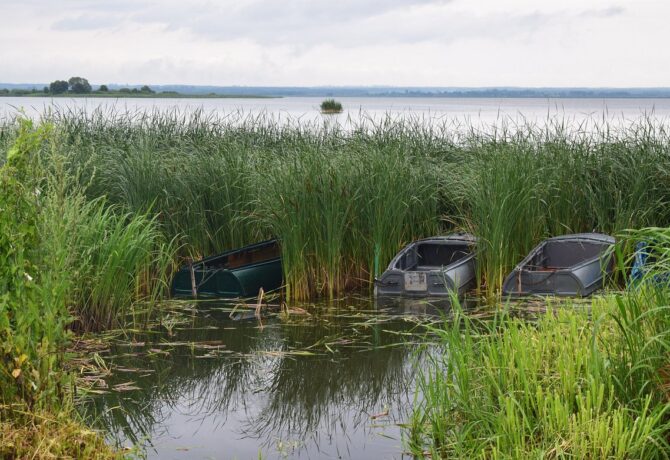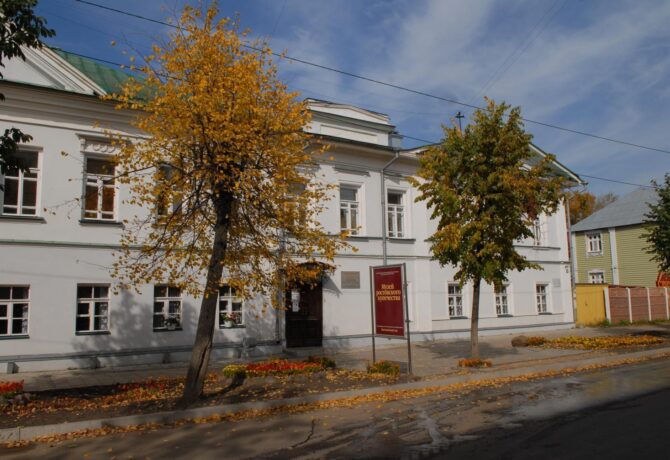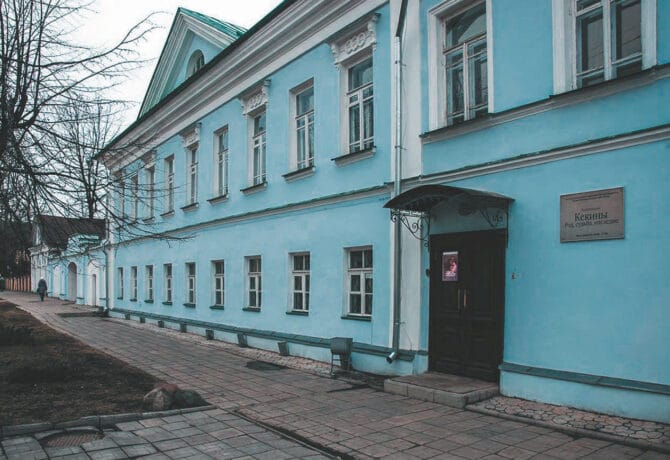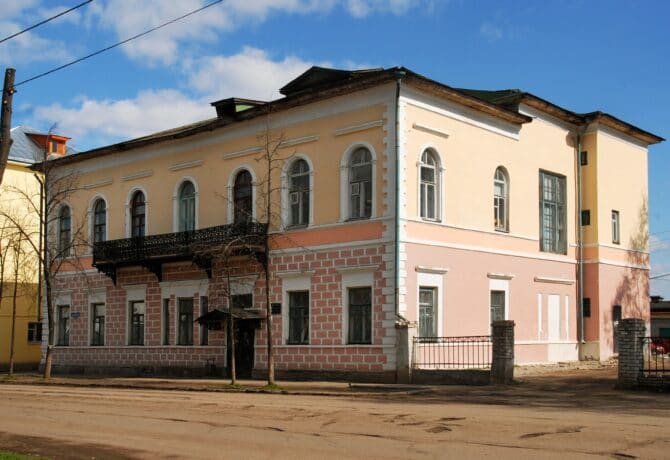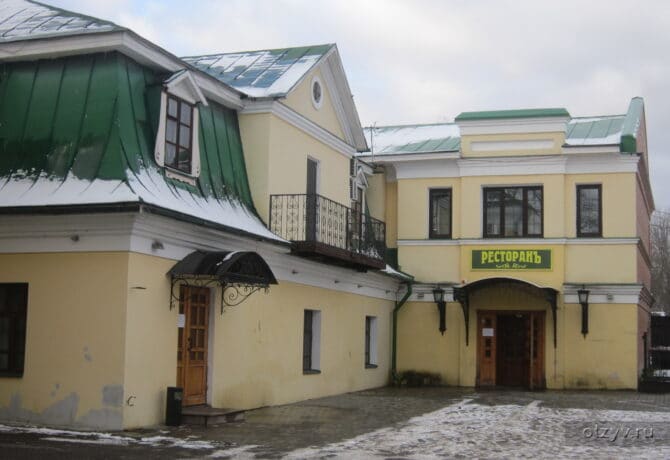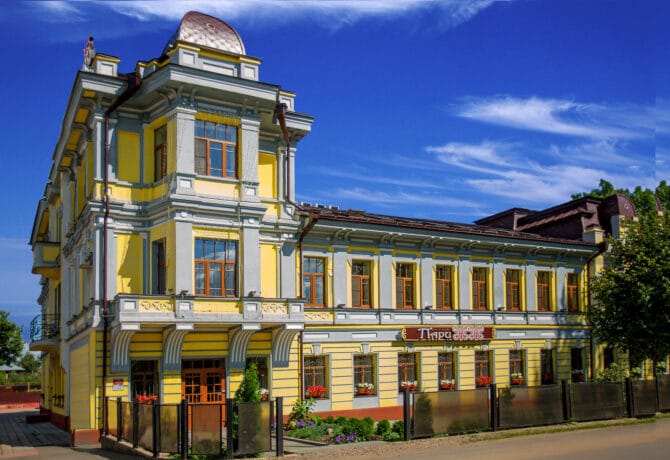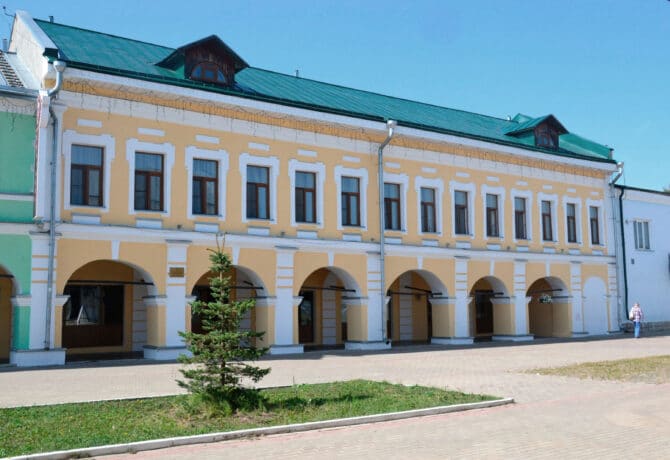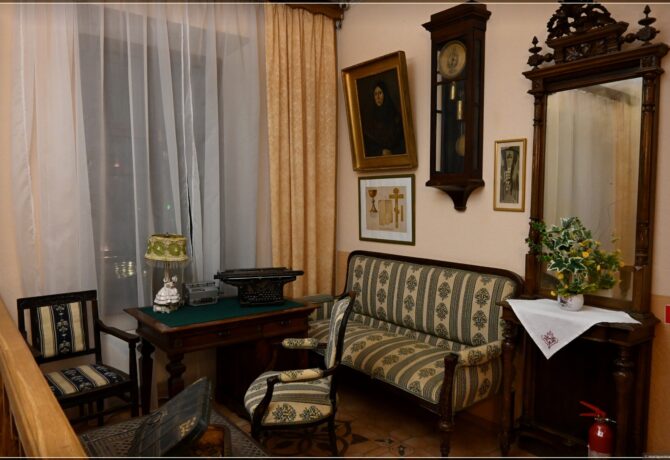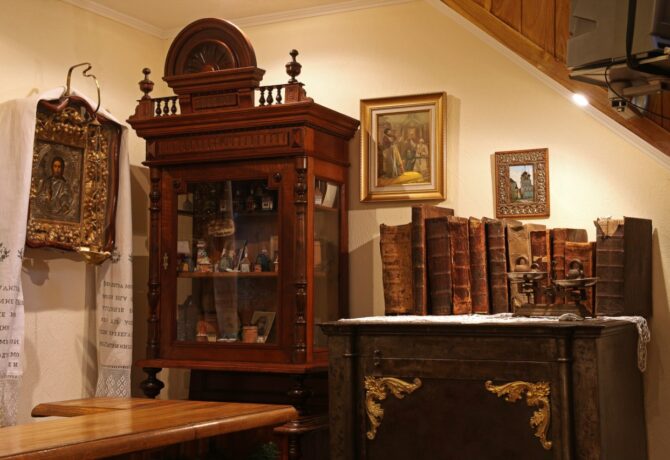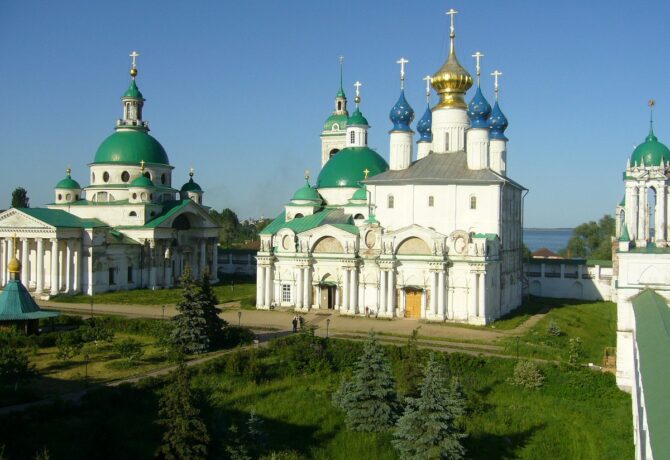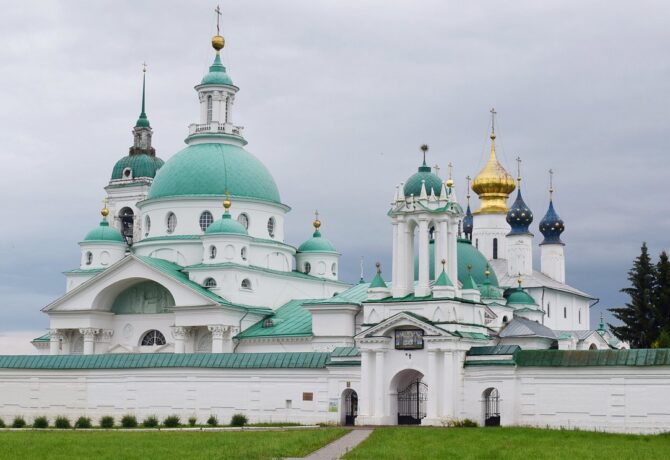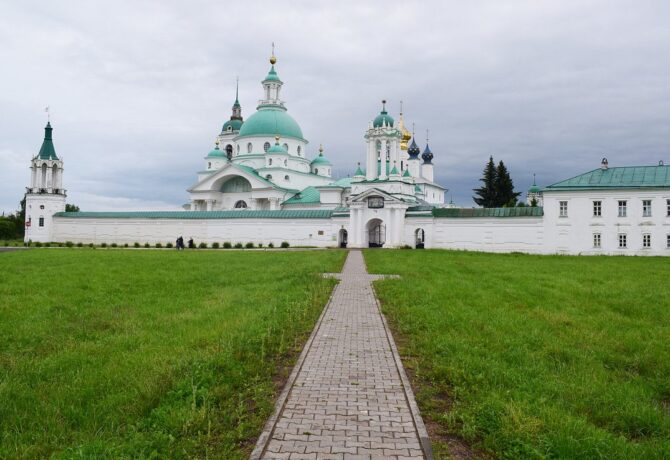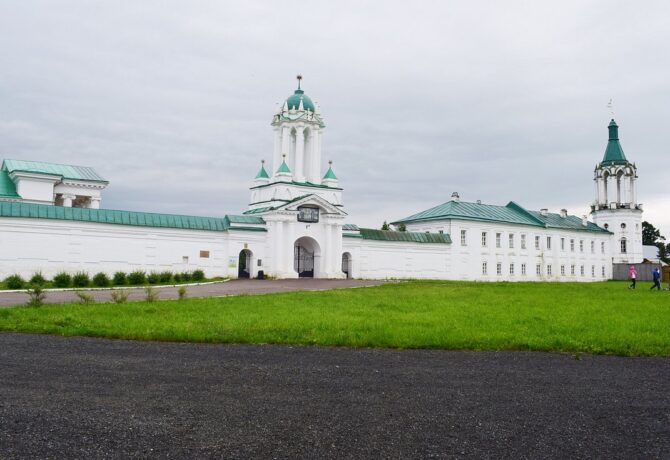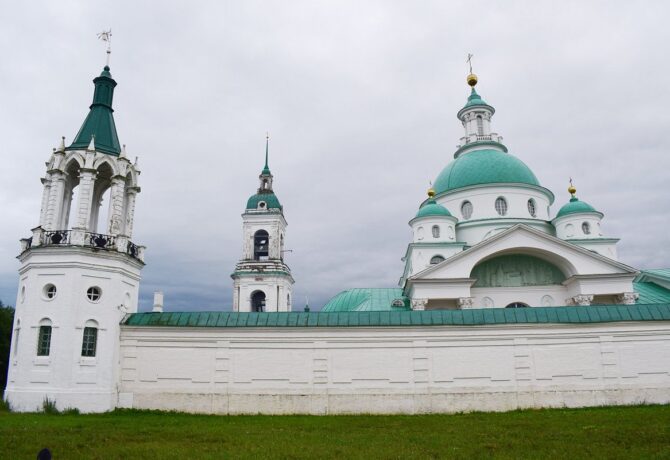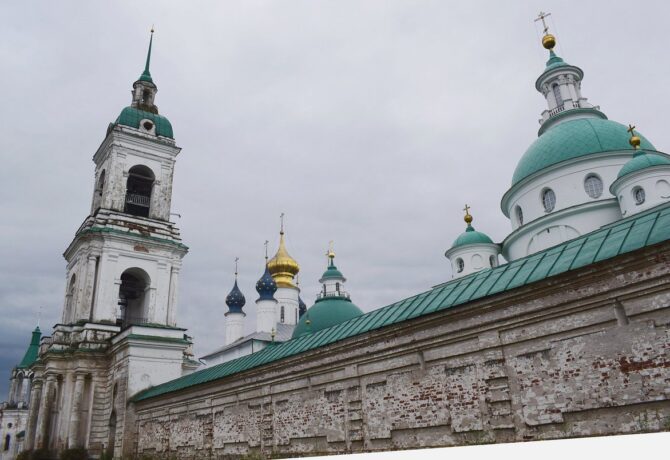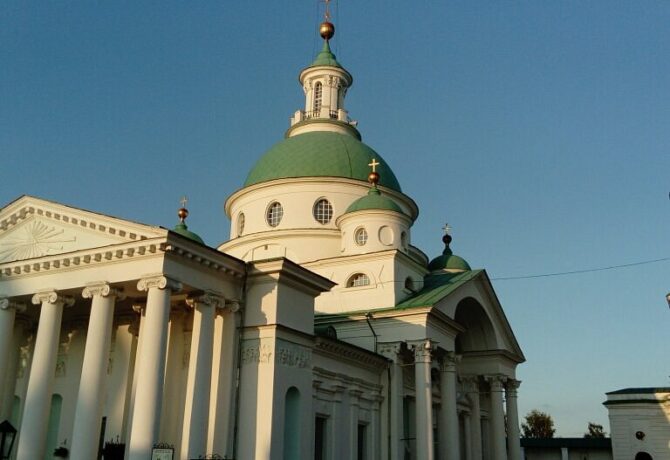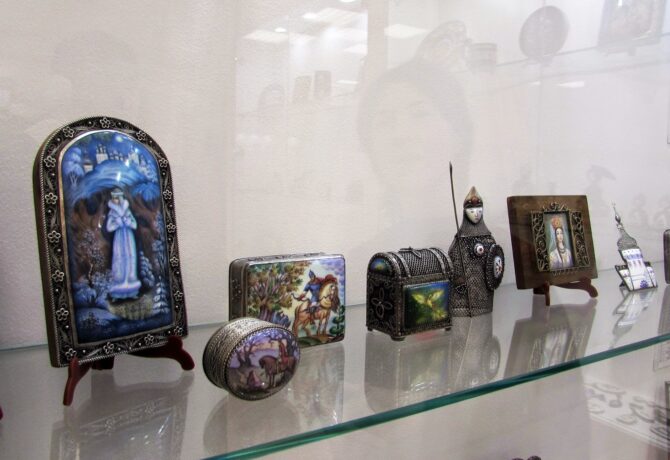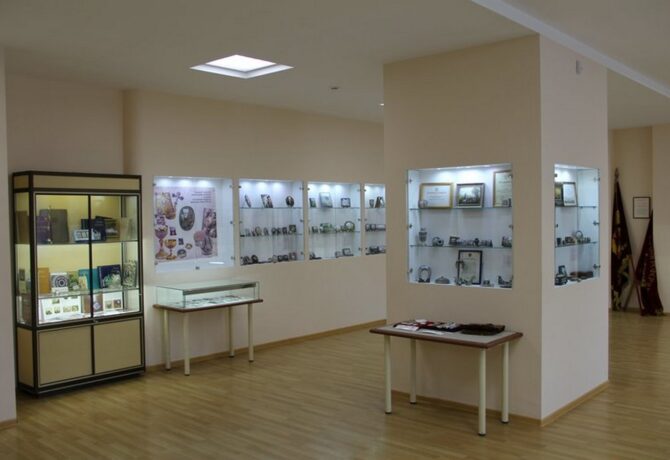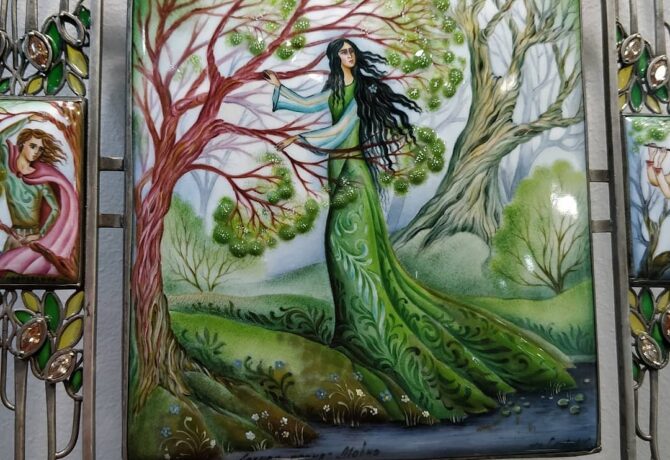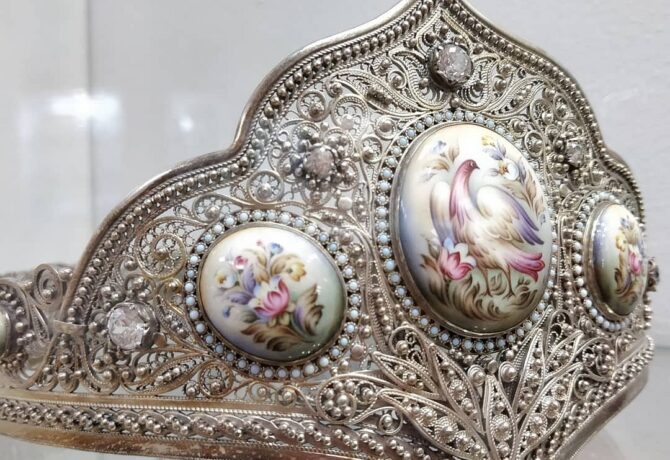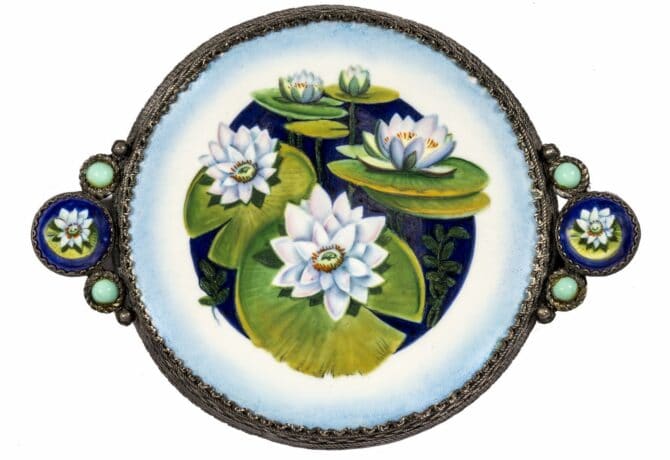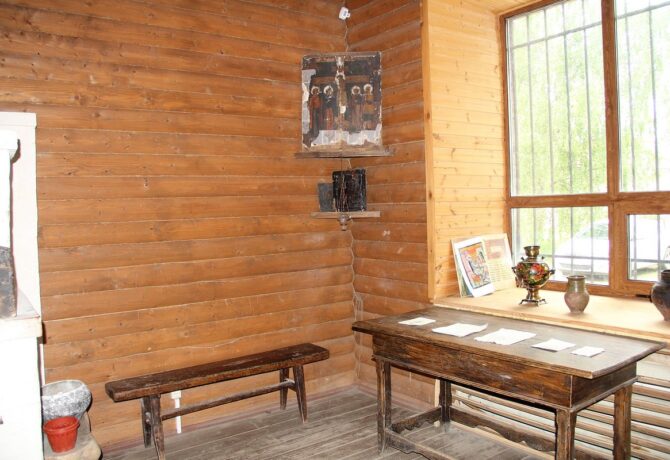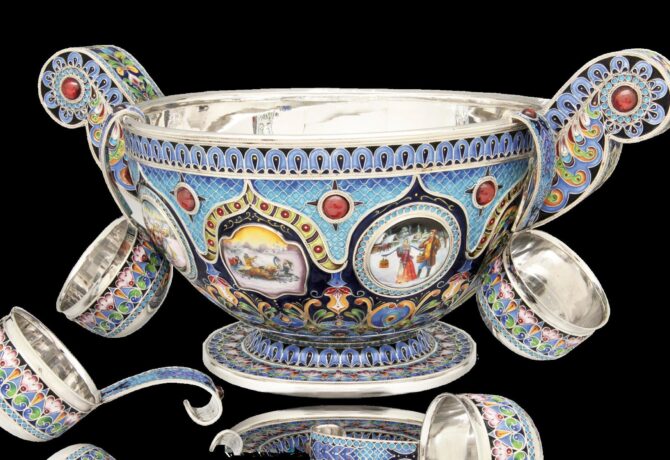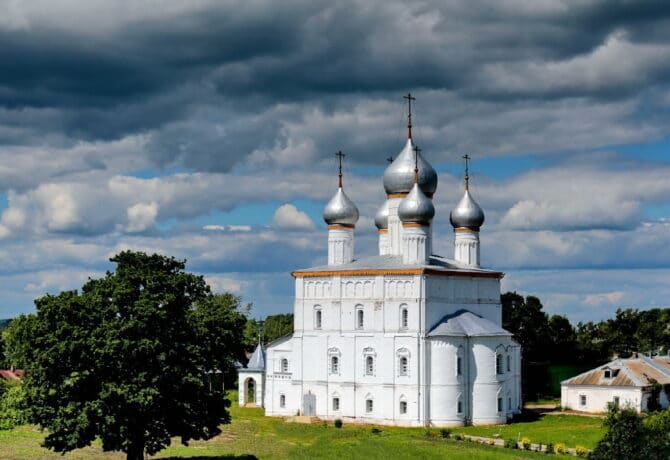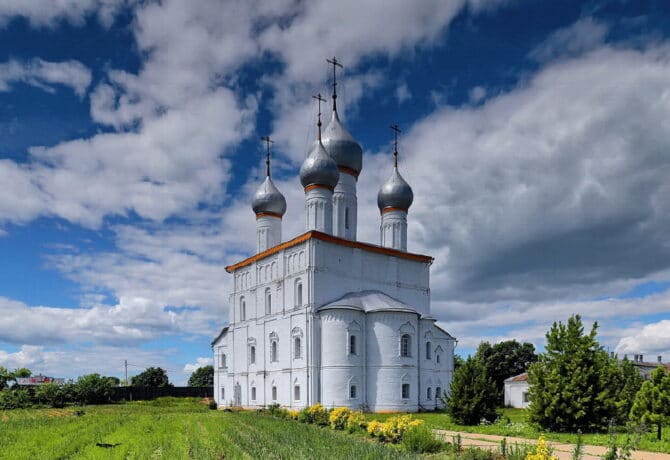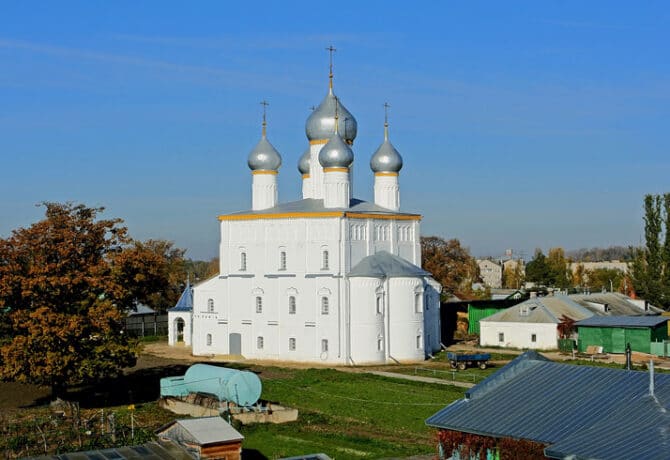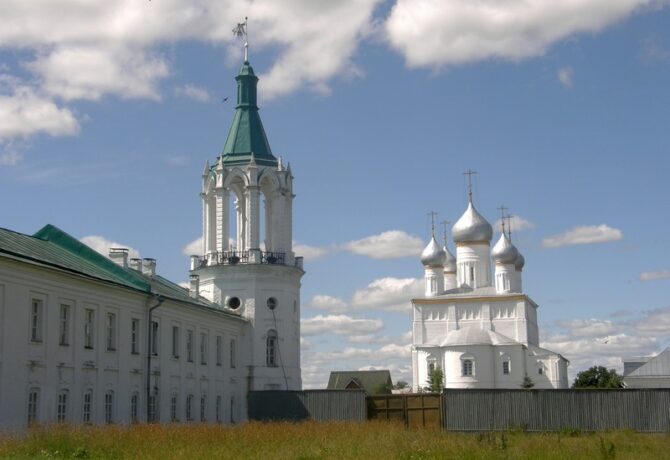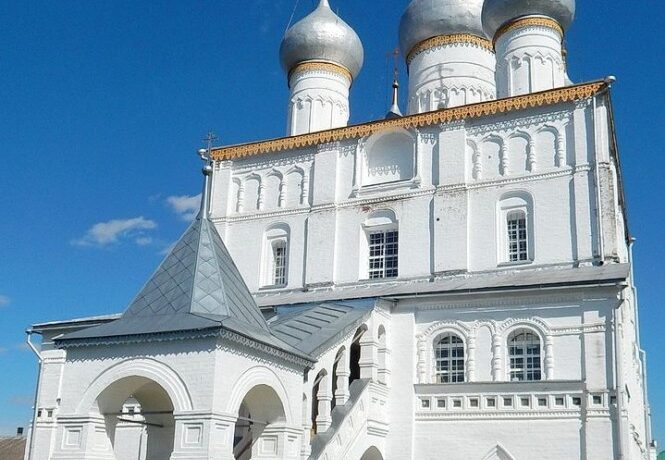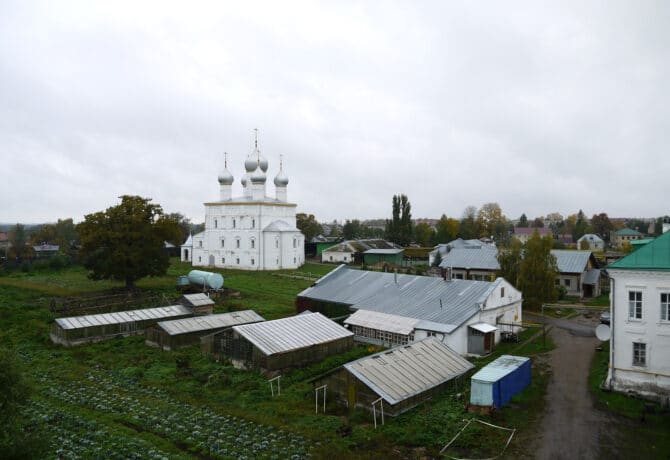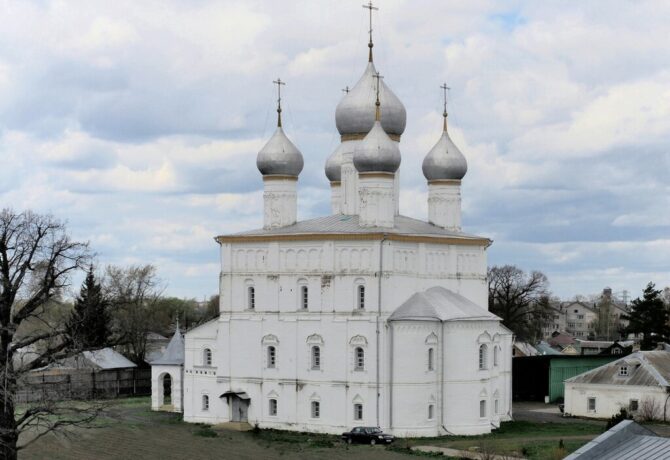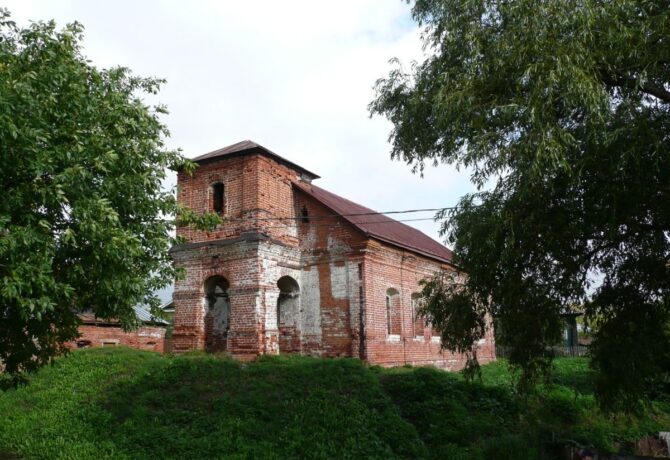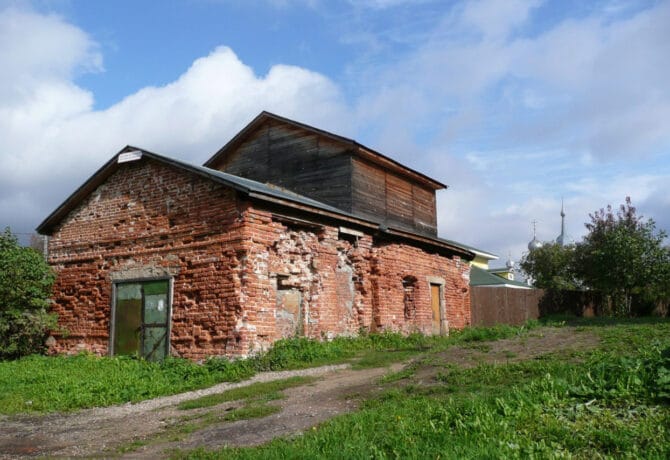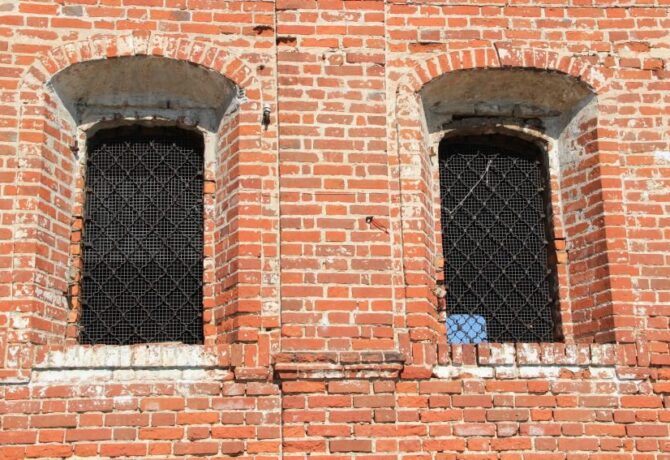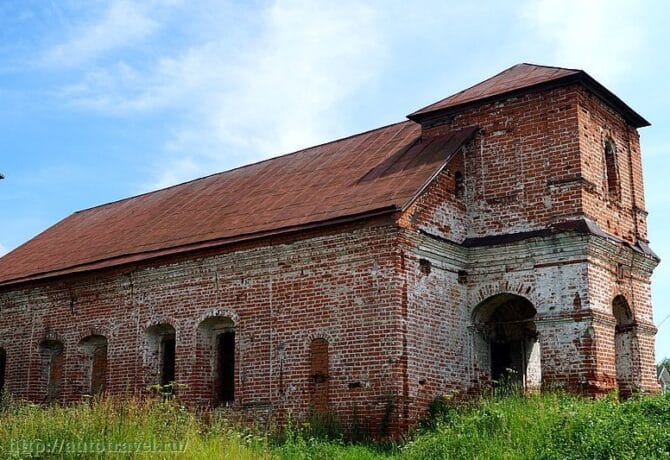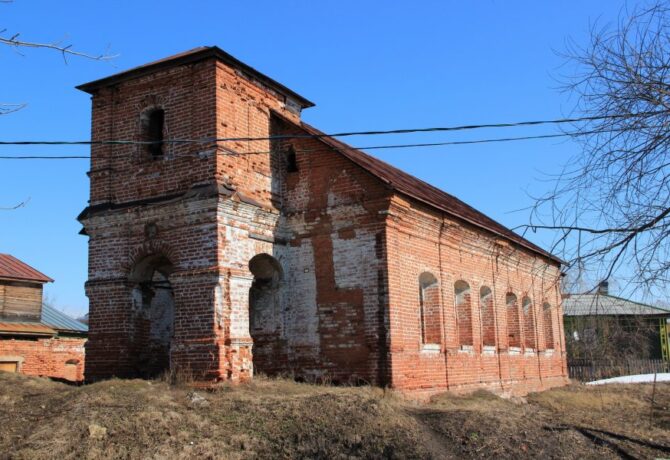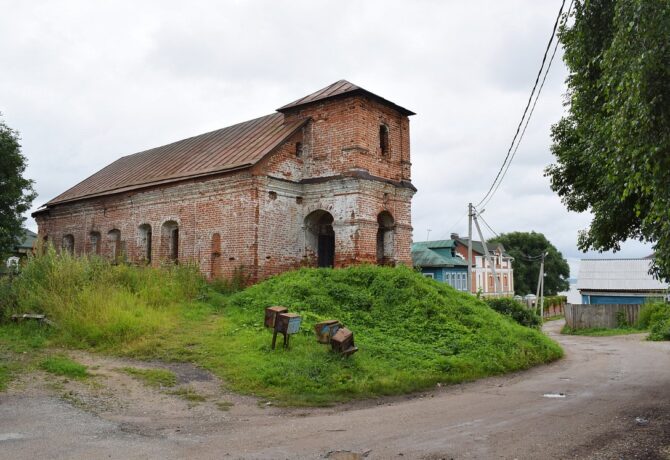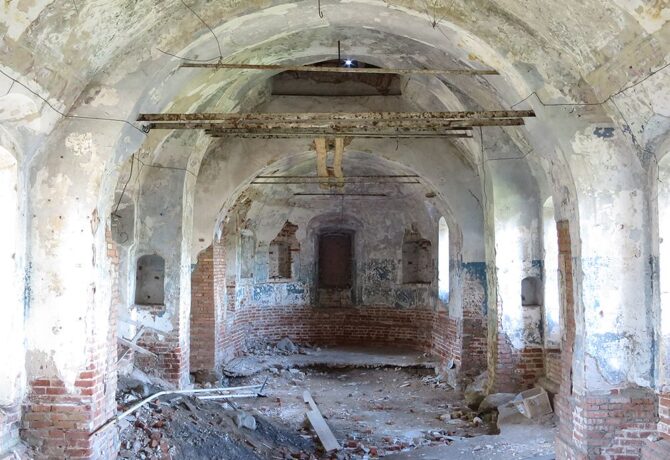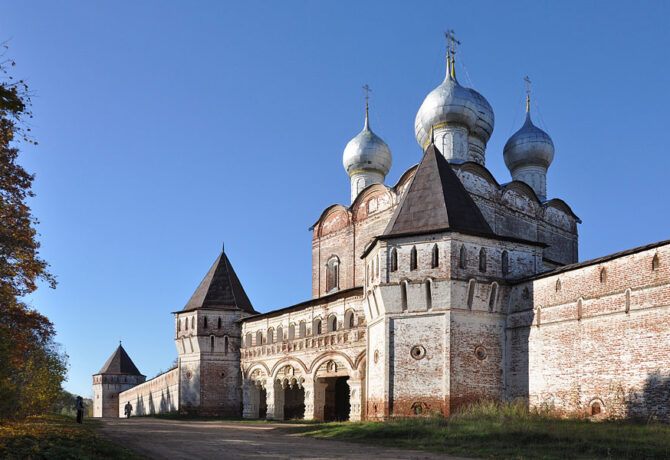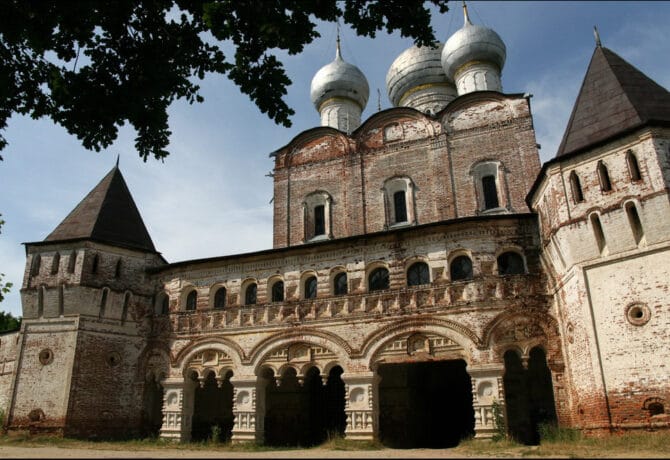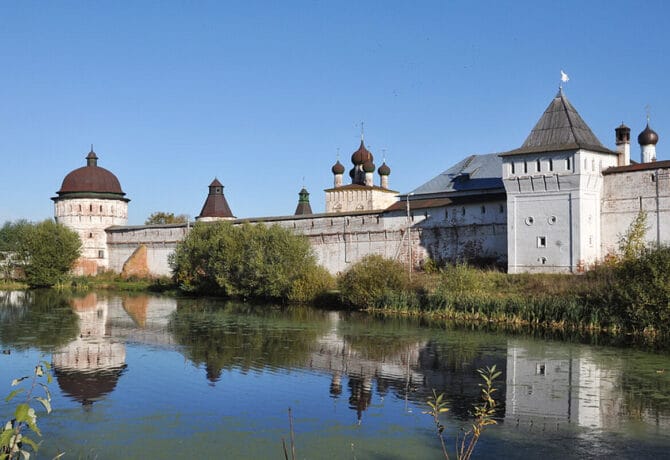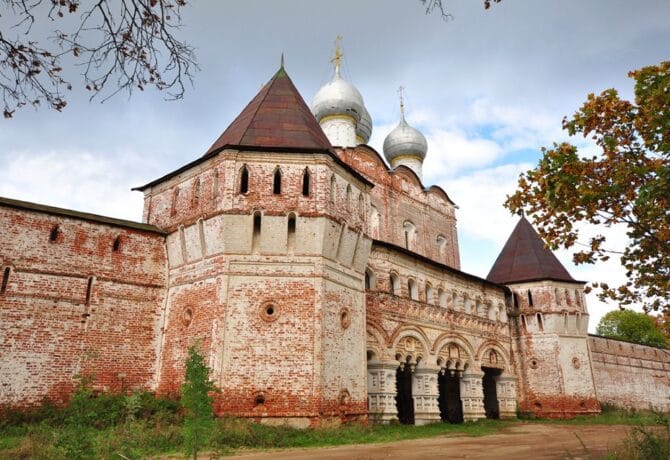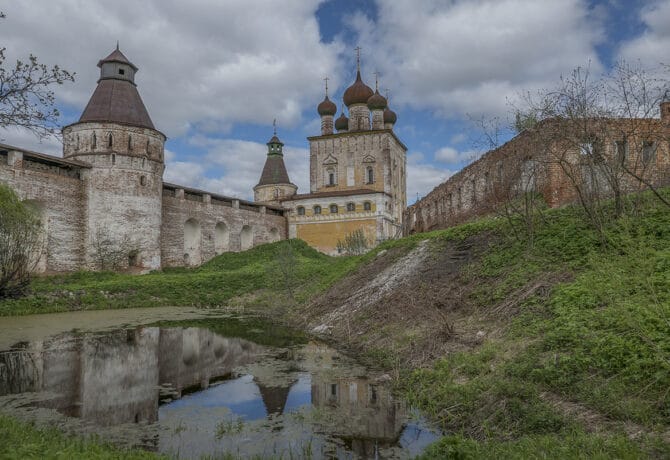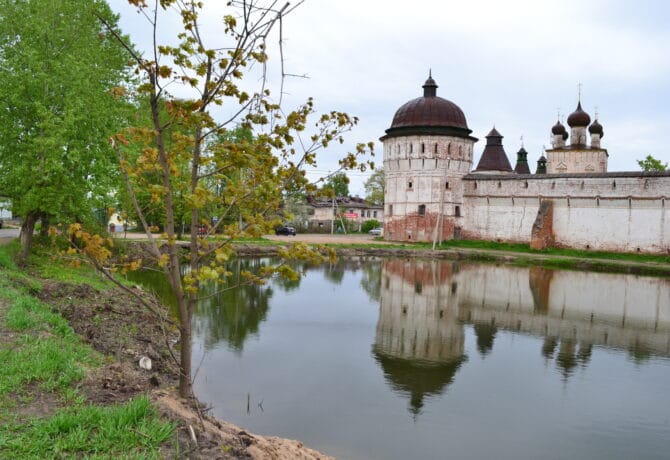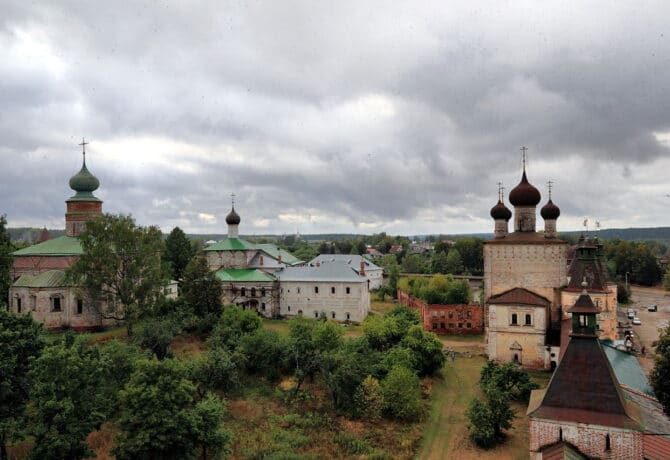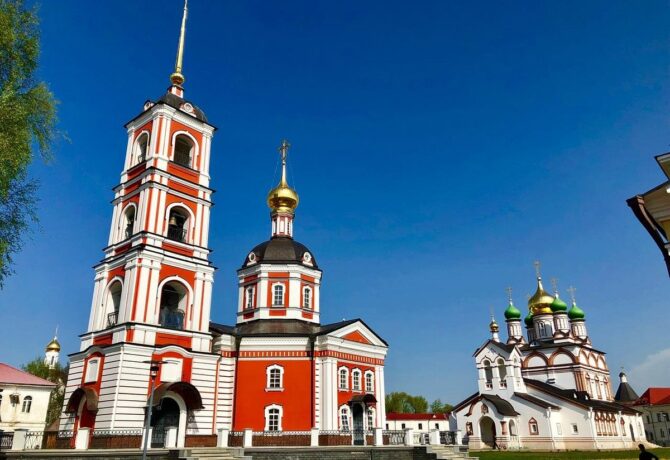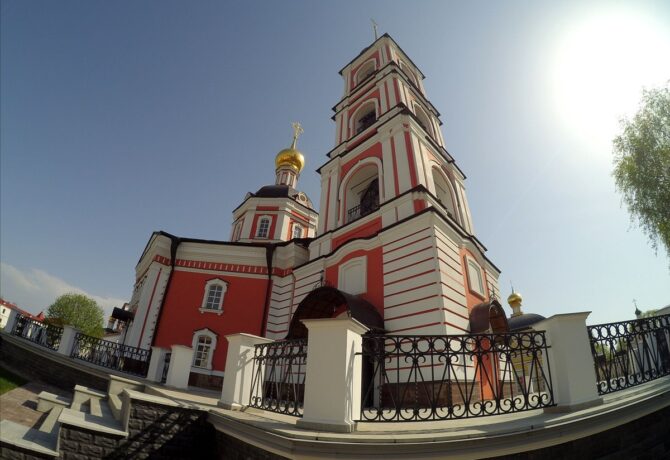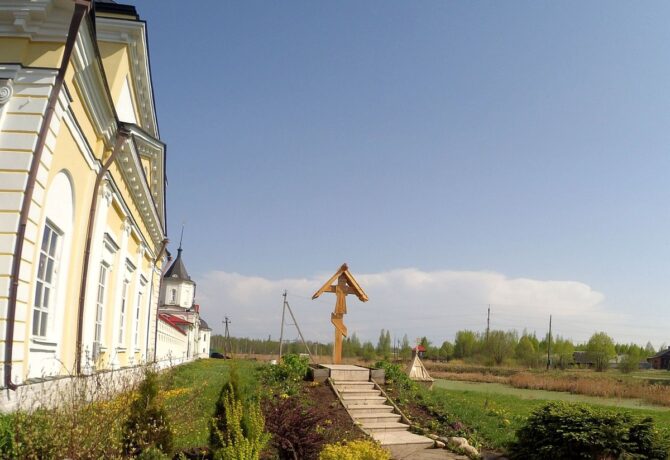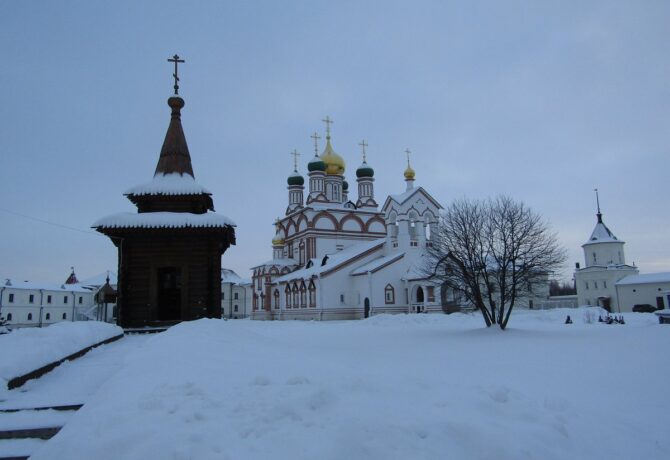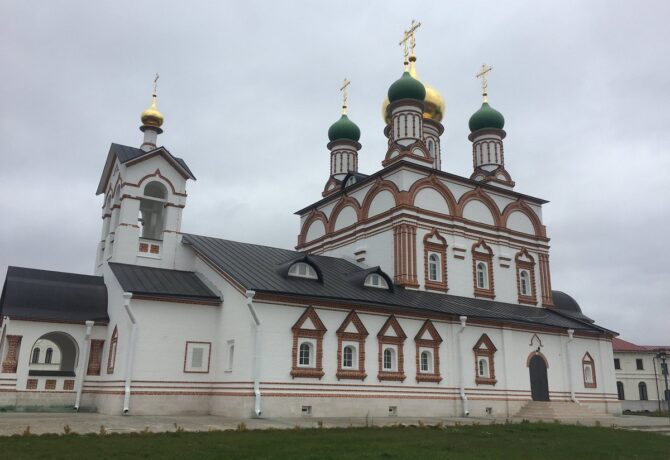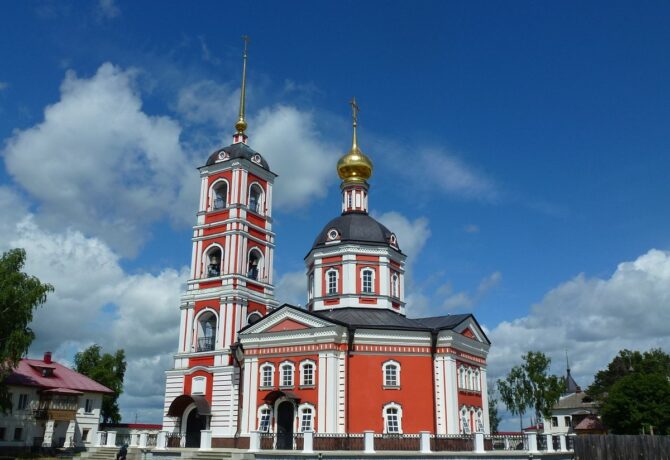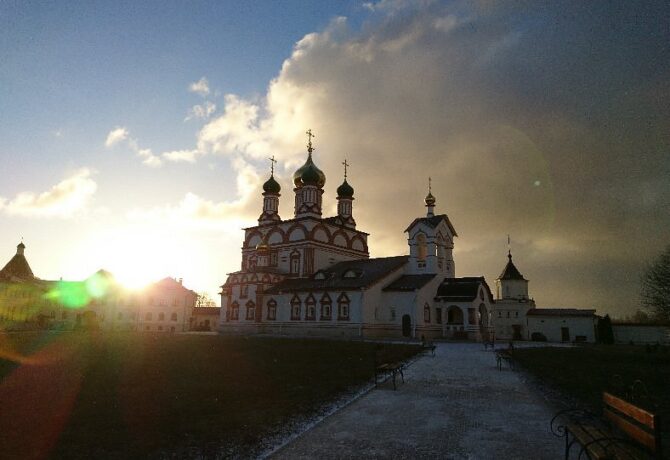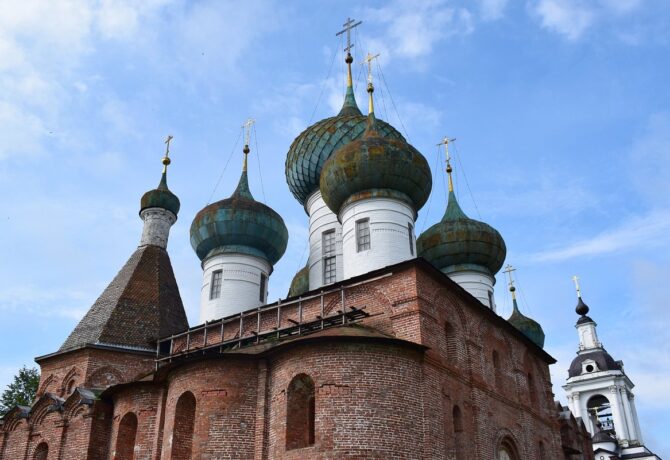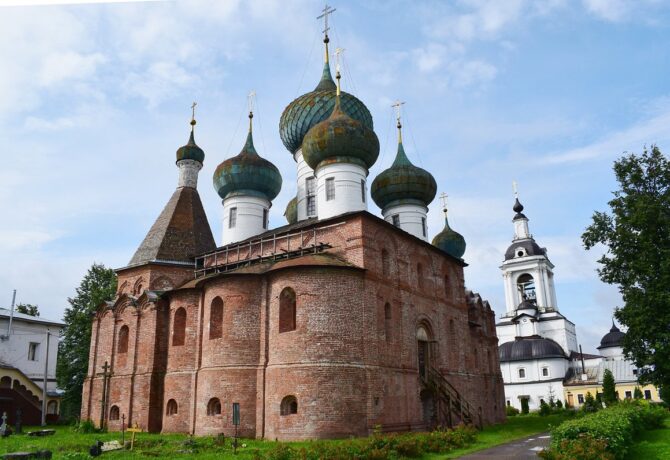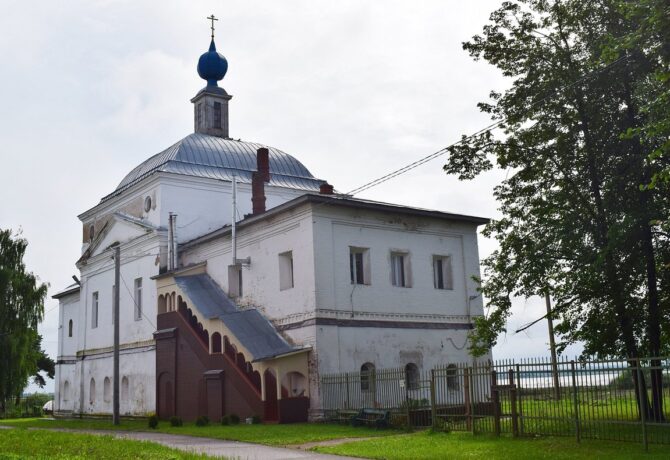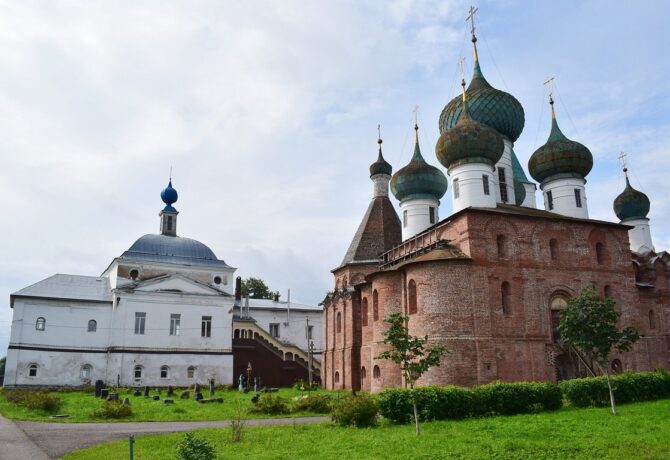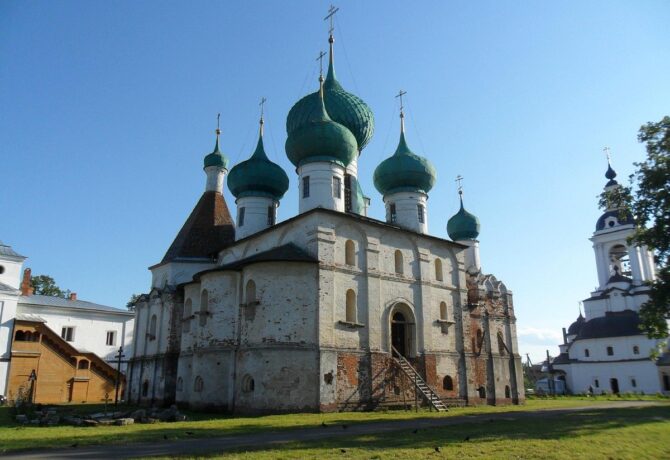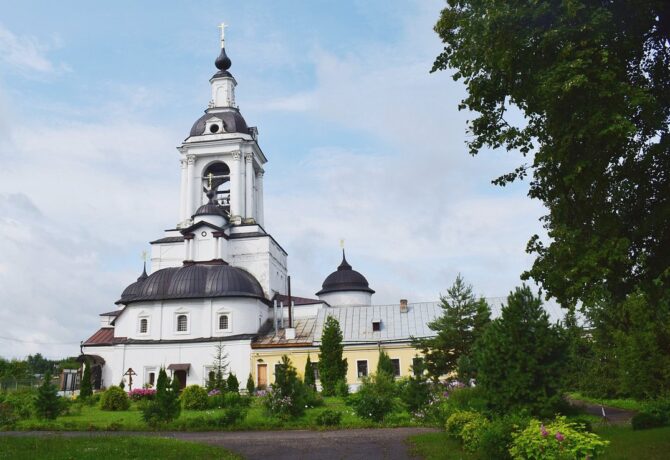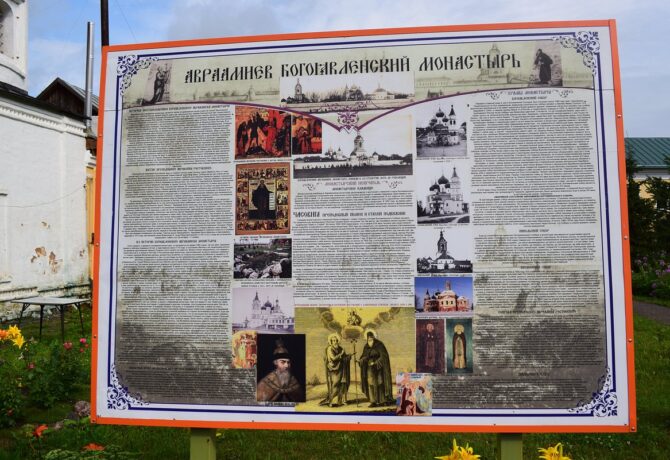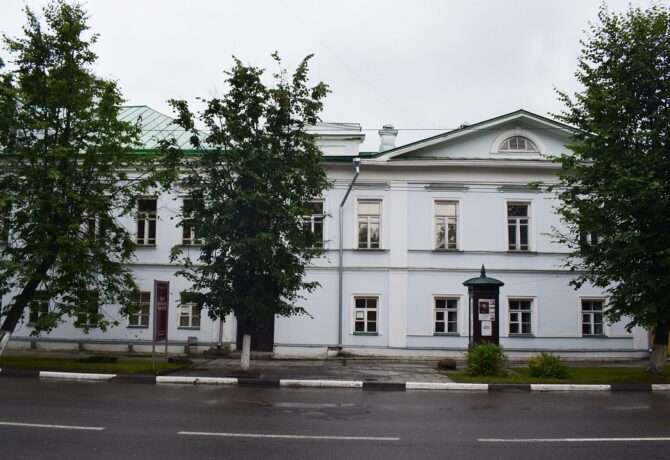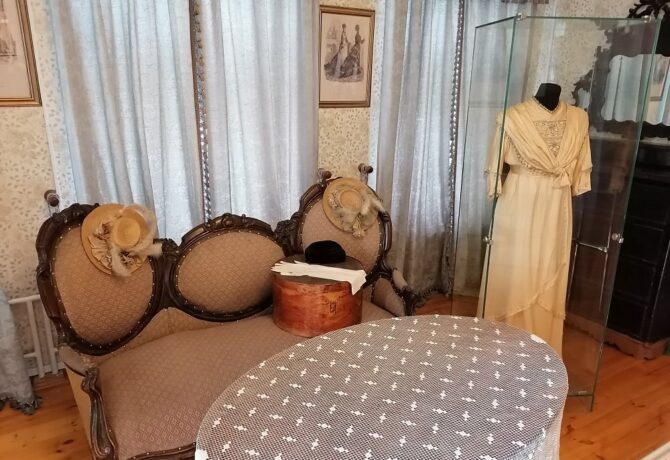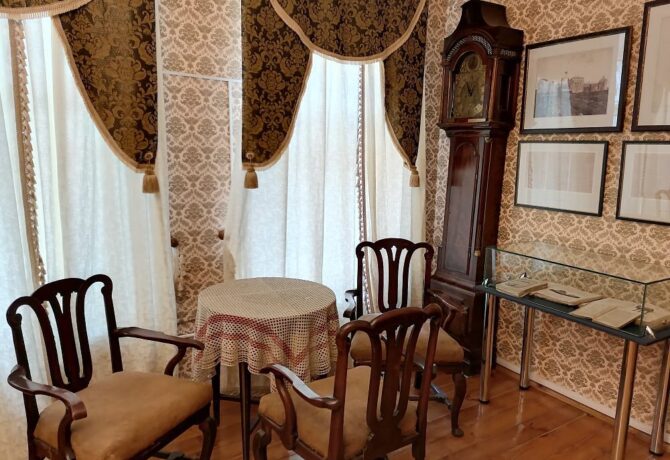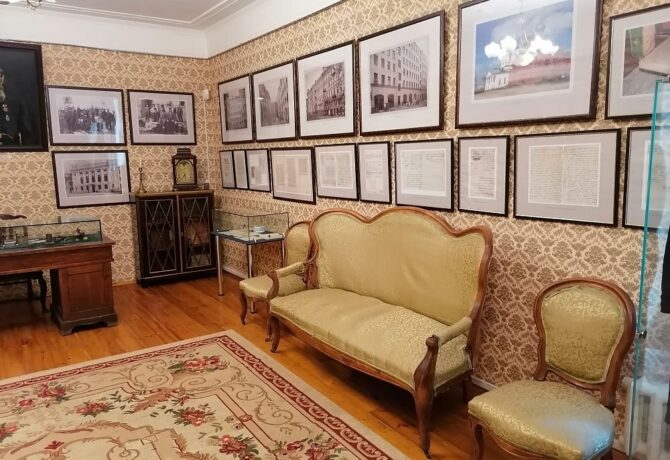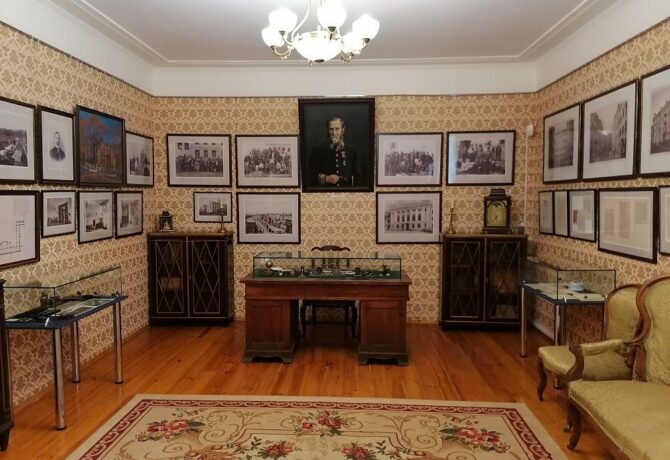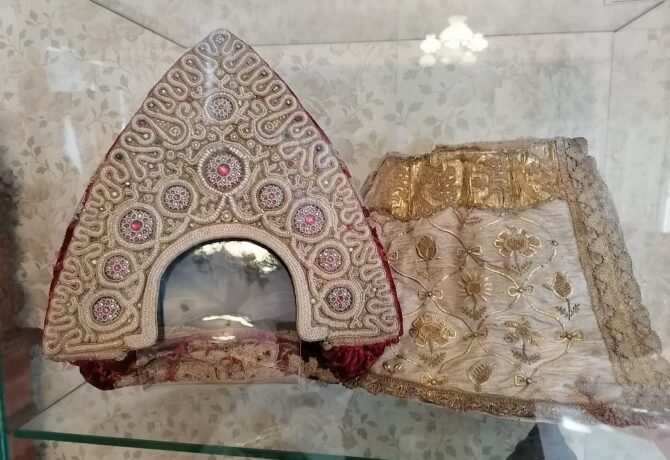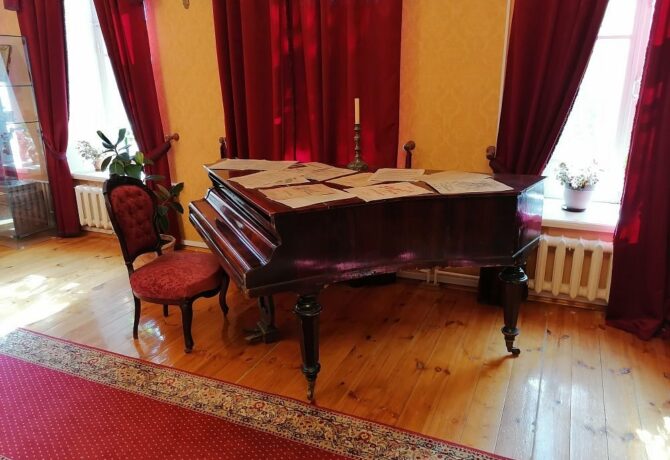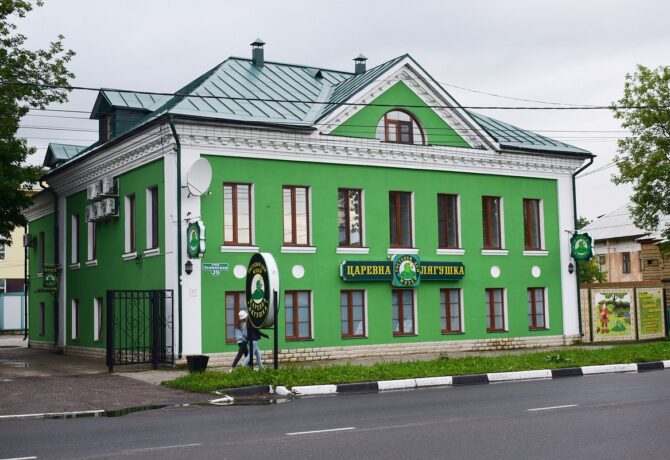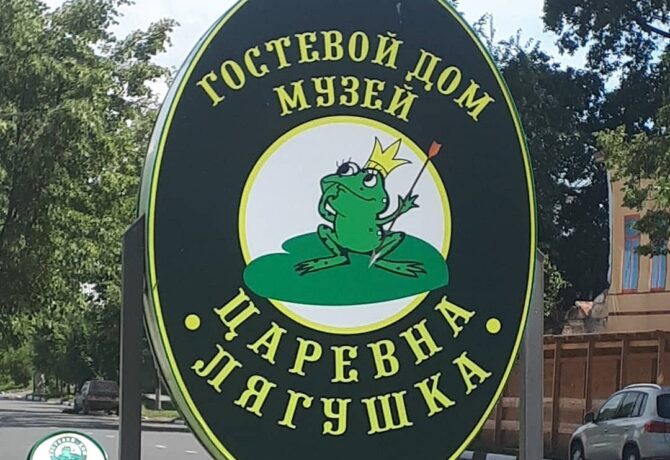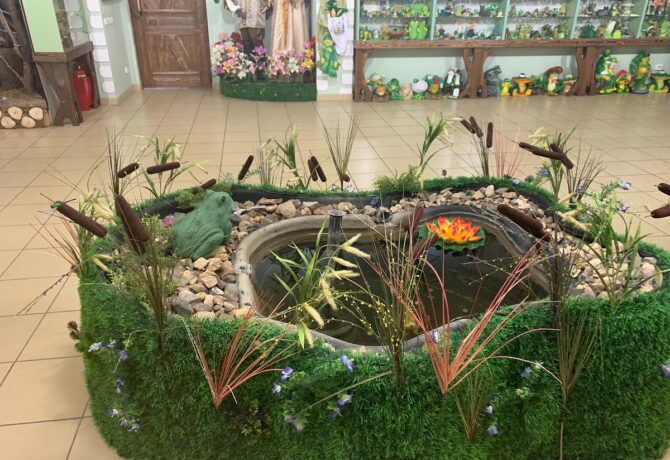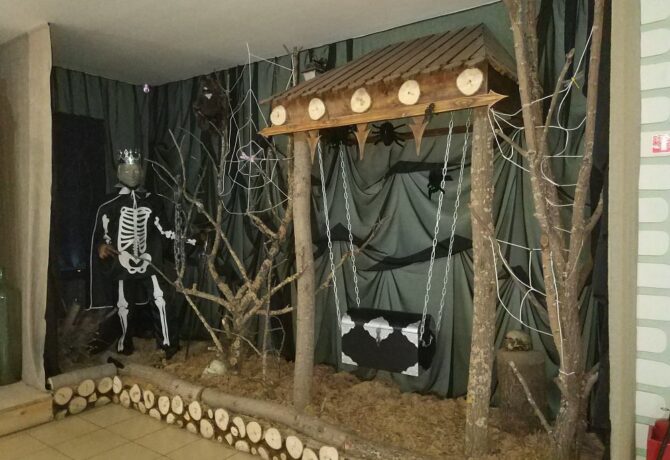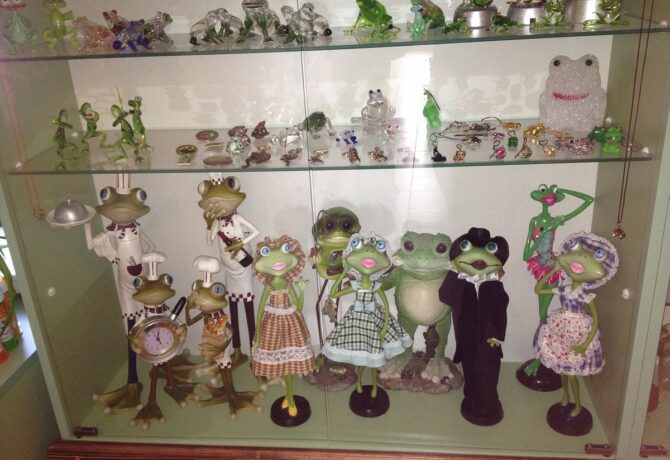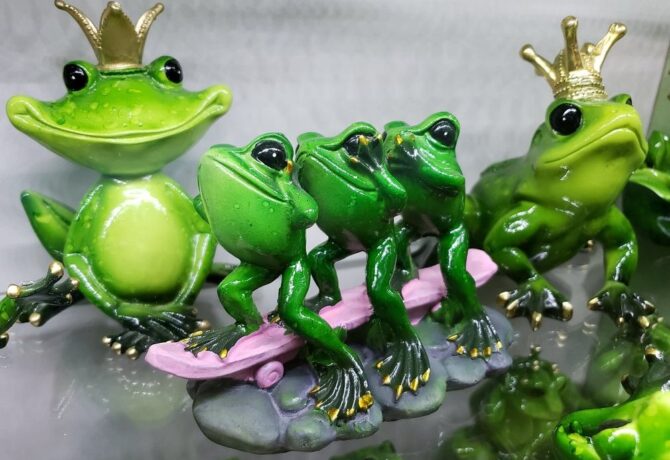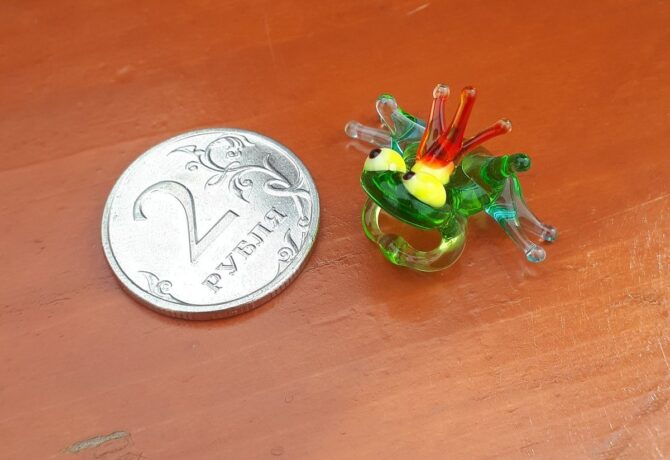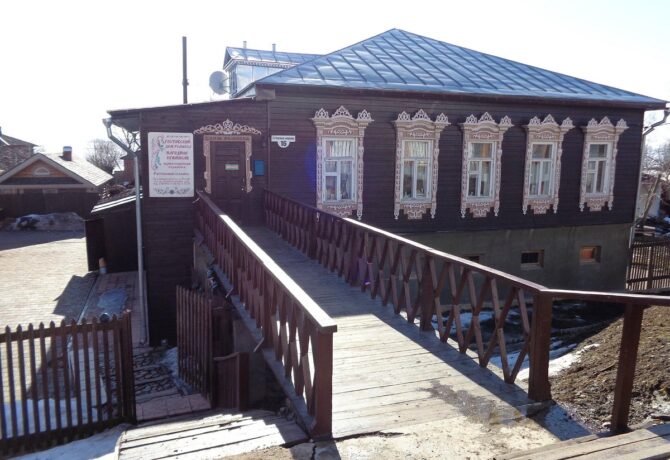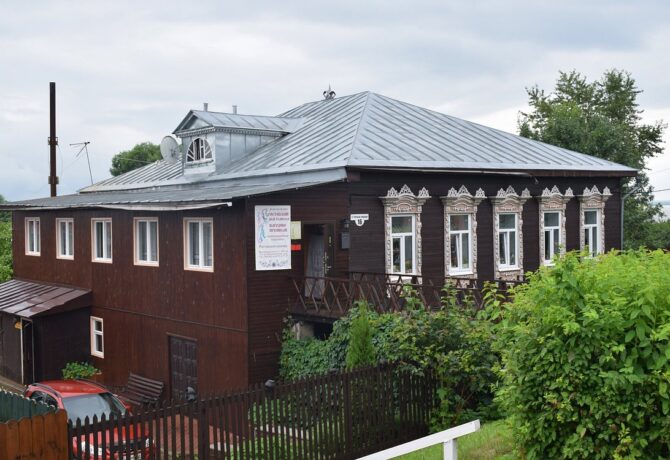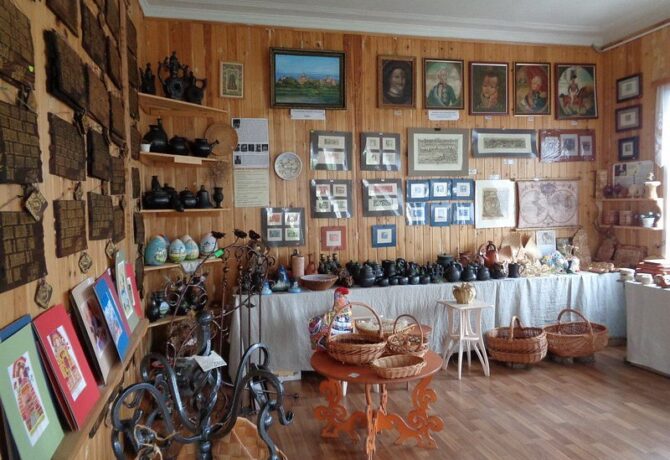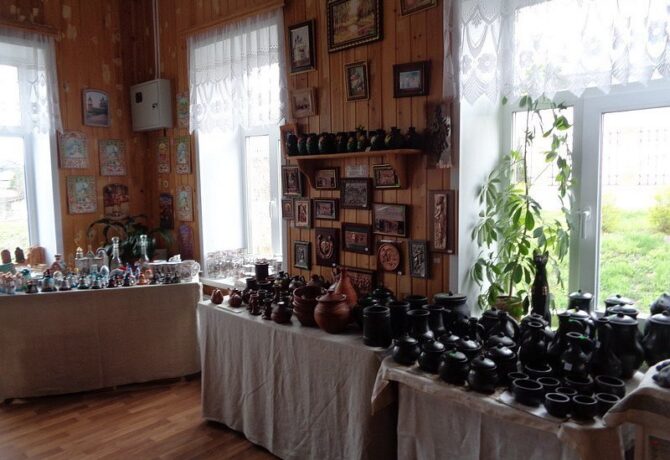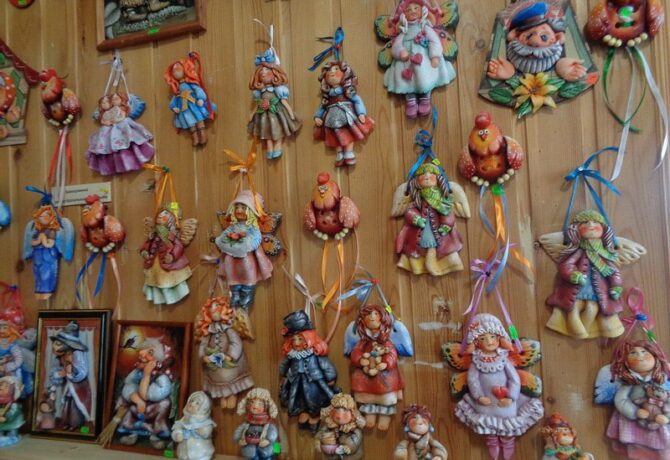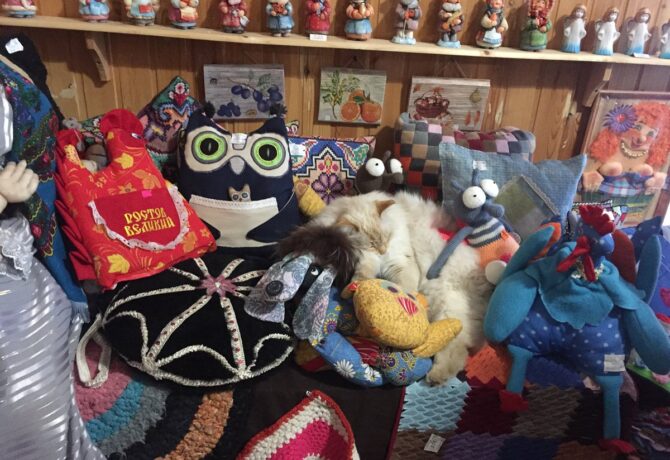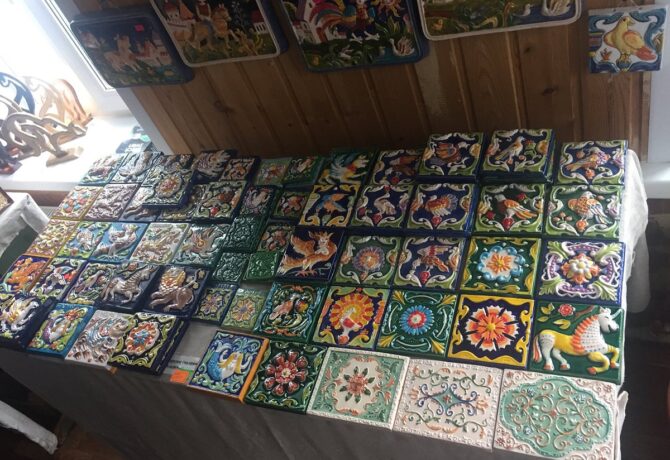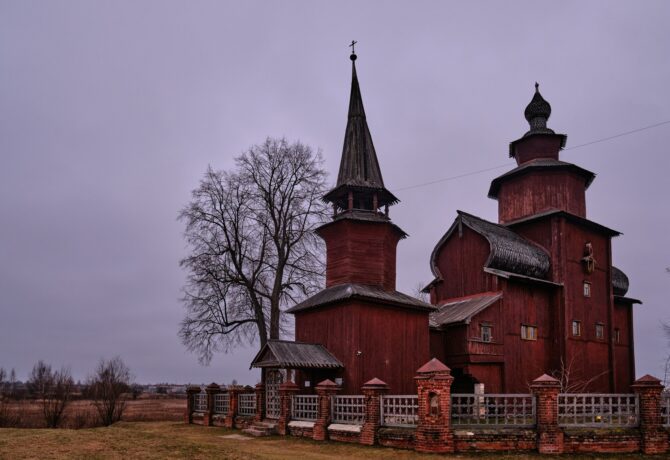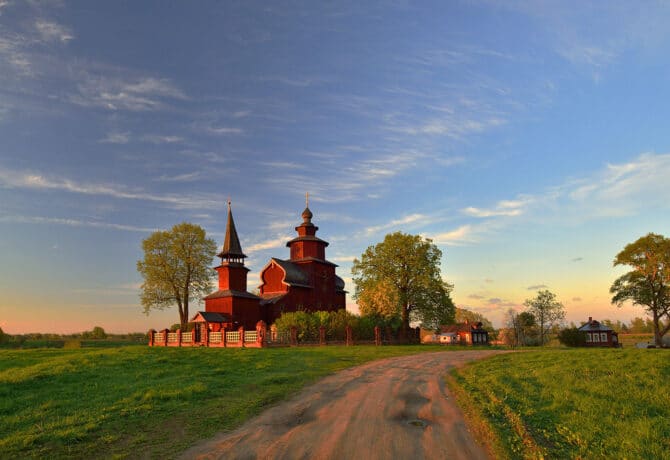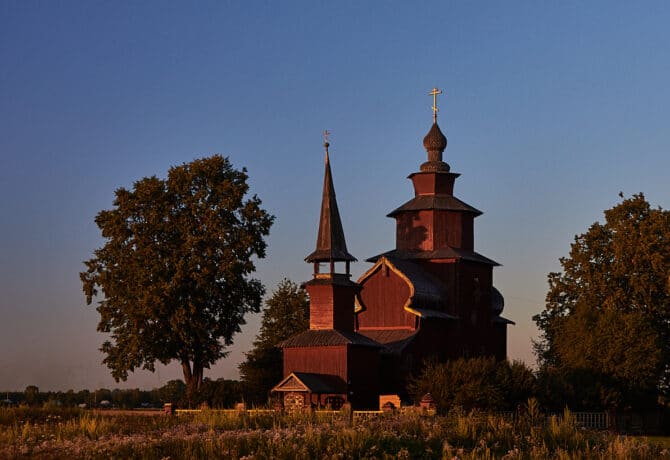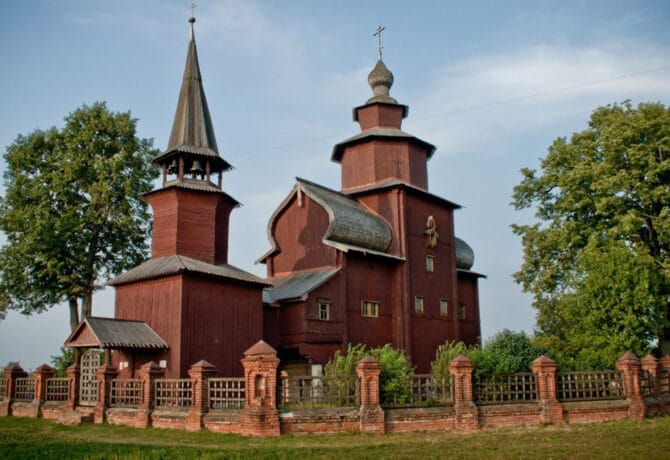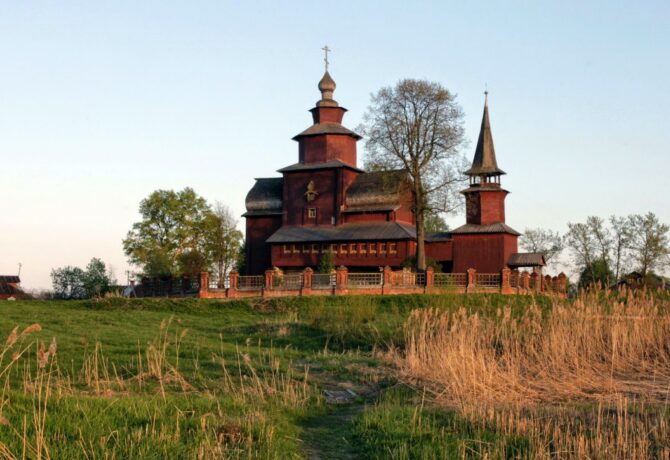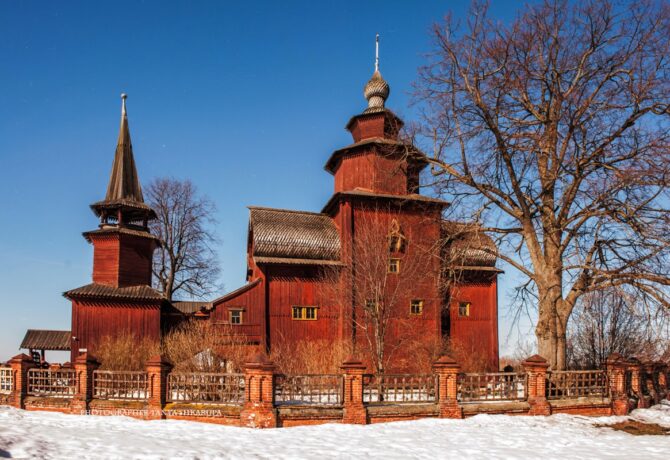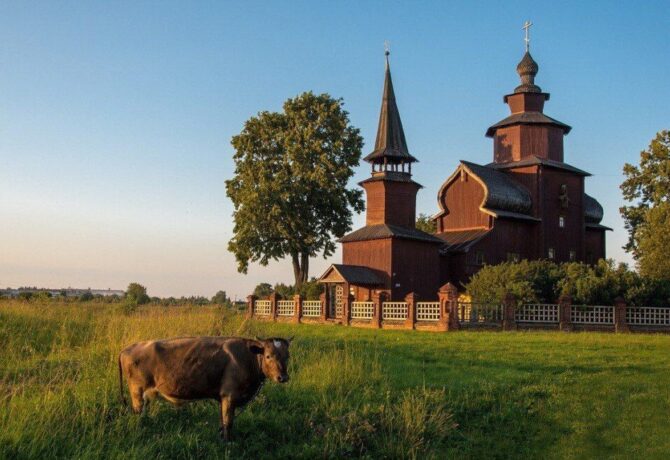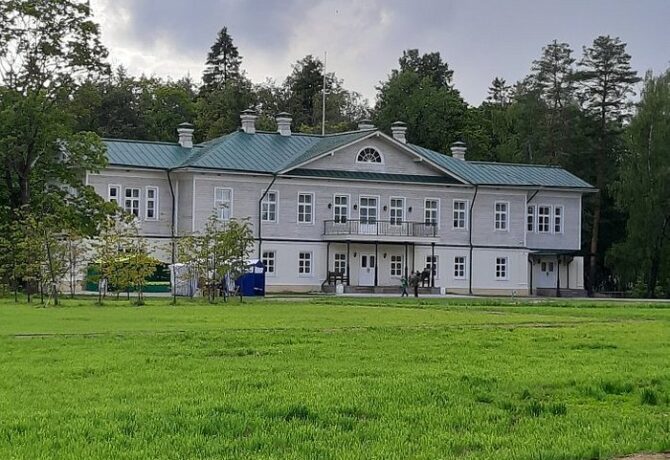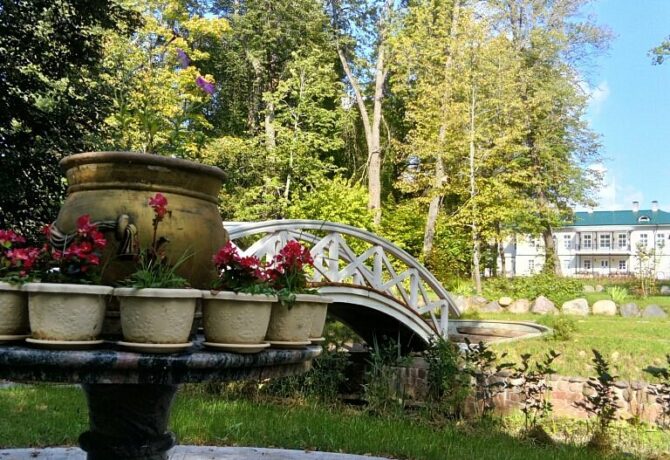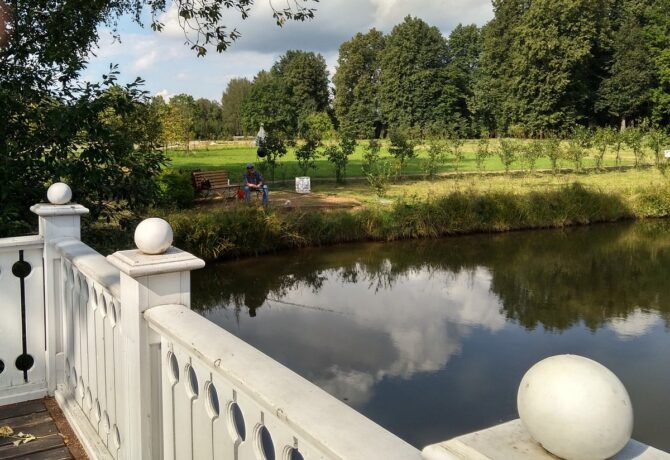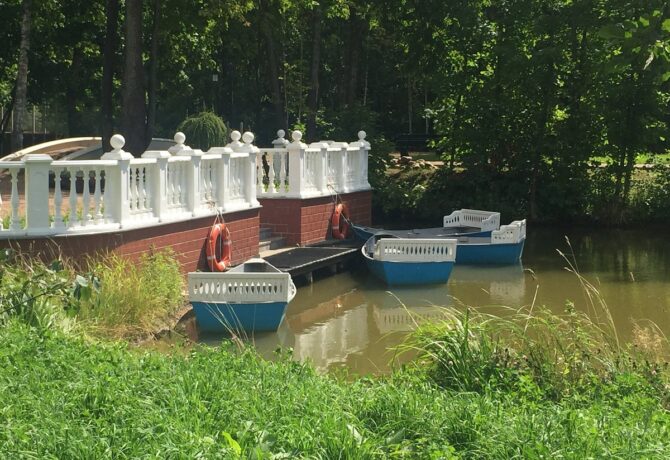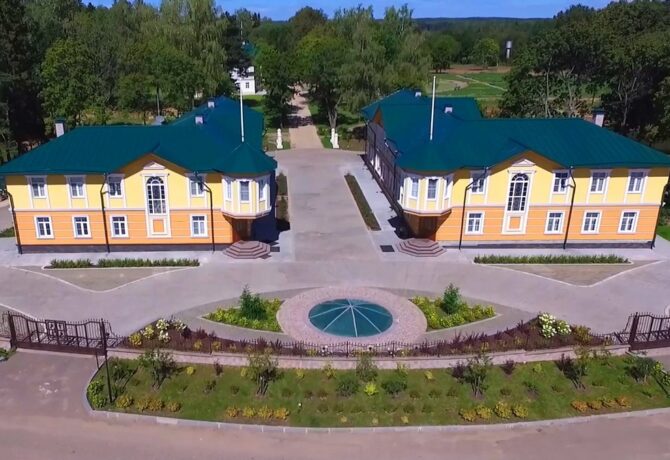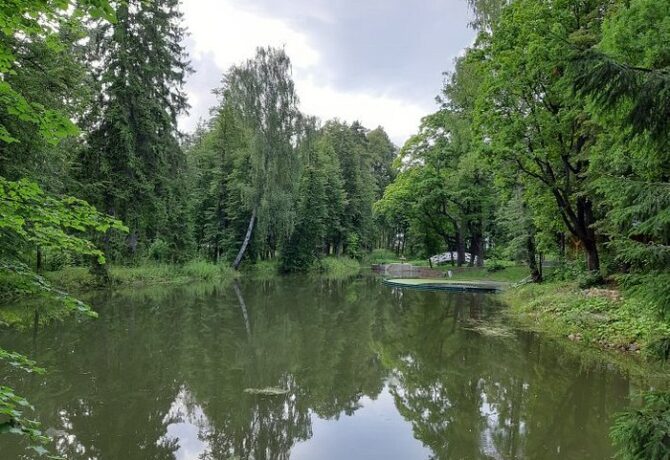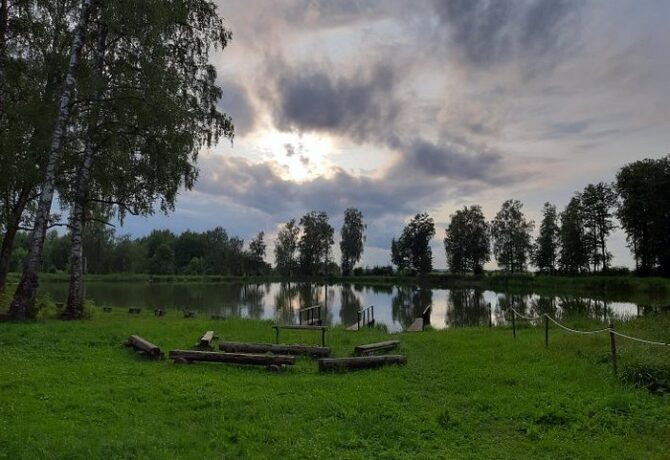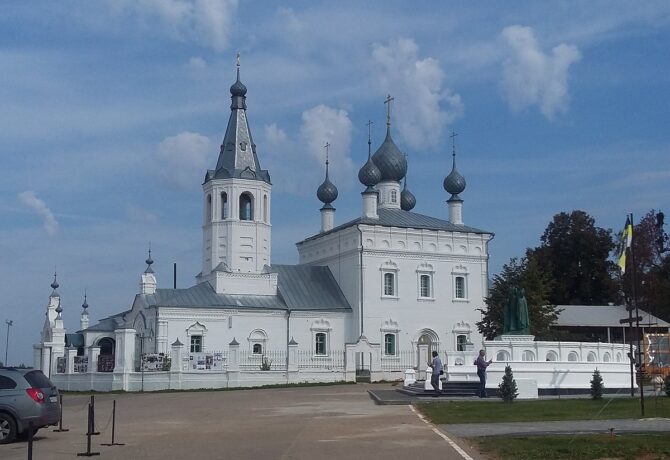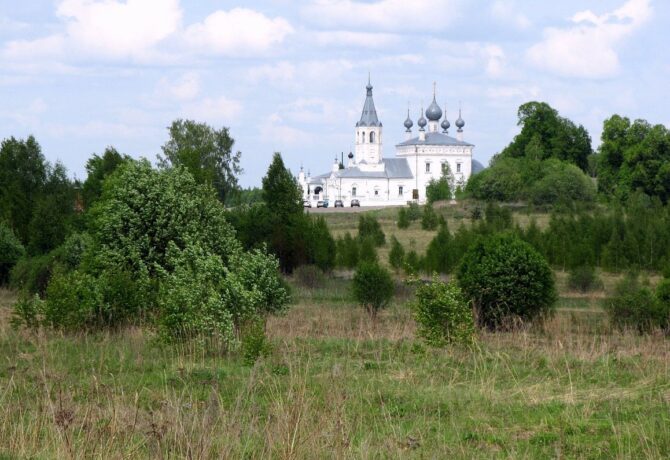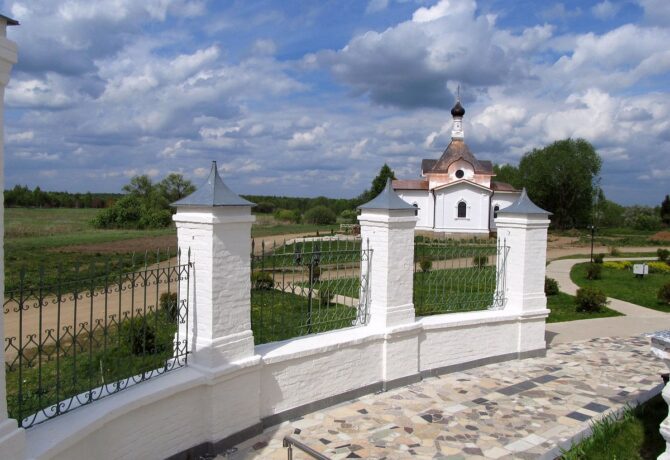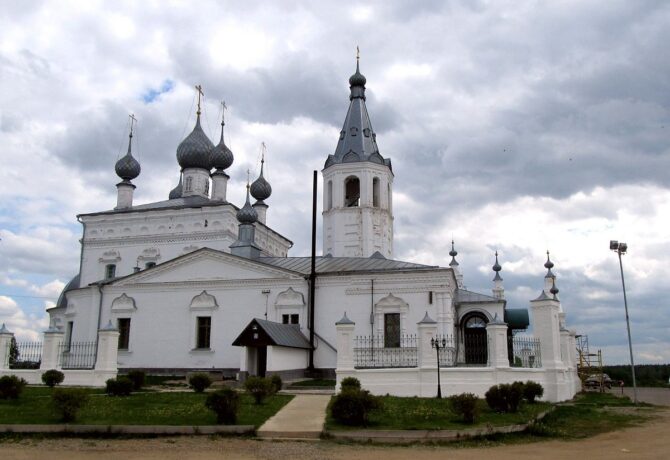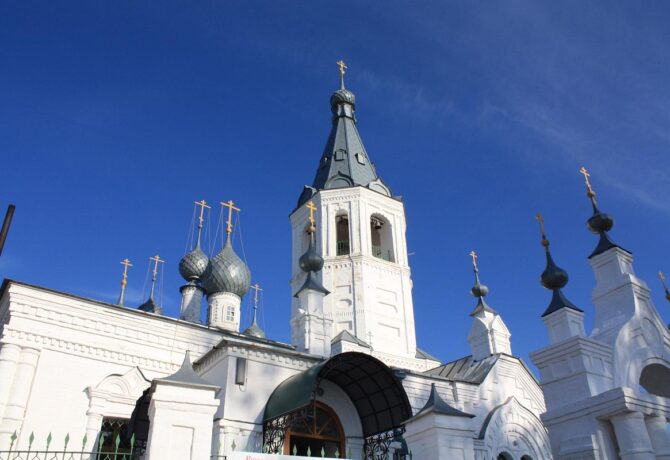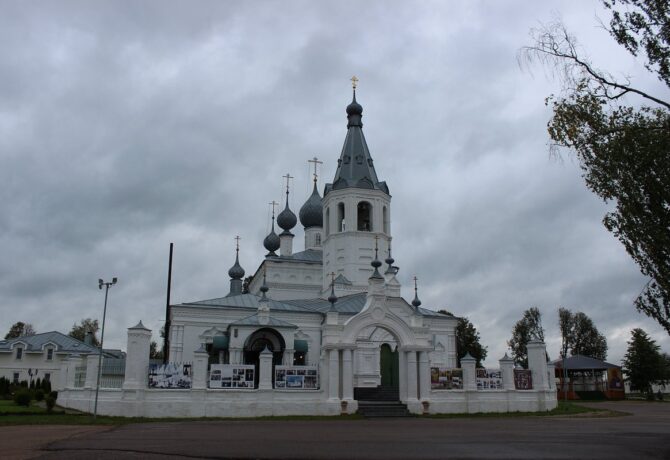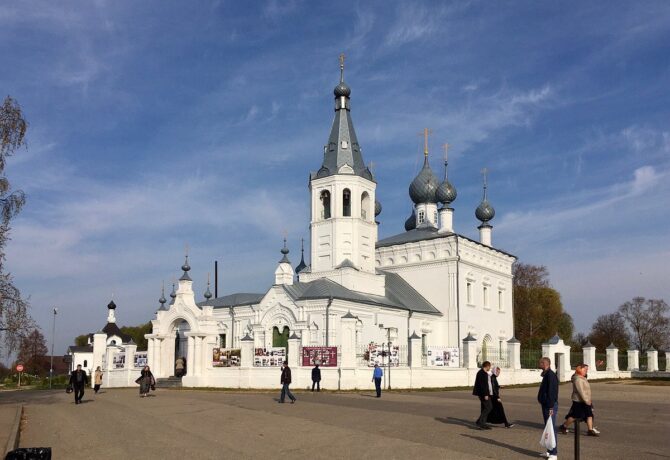It is quite difficult to see all the sights of Rostov the Great in 1 day, but we will try. One of the oldest Russian cities, the spiritual brother of Kiev and the trading partner of Novgorod – Rostov, rightfully nicknamed the Great, now a modest district center in the Yaroslavl region. Worldly glory passes, but the legacy remains: along with Suzdal and Vladimir, Rostov the Great is the brightest star of the Golden Ring of Russia, a city without which the idea of the medieval history of Russia will never be complete.
Rostov is a small city (about 30 thousand), compact, quiet and impressive. You can get to Rostov from Moscow (186 km) or Yaroslavl (47 km) by train, regular transport or your own car, the roads in the region are decent, the infrastructure is at the level.
It is better to explore Rostov sights by car, but for “horseless” citizens there is public transport (12 routes), there are many quite acceptable taxi options. The most desperate lovers of walking, who are going to spend more than one day in Rostov, I can see the sights on their own: the city occupies only 32 sq. km, everything is nearby.
By the way, do not confuse Rostov the Great (northern) and Rostov-on-Don (southern). They are separated by more than a thousand years (in favor of the northern) and a million population (in favor of the south). And the history, climate and, most importantly, the heart of the city – the Kremlin.
- 1 Rostov Kremlin
- 2 Assumption Cathedral
- 3 Belfry of the Assumption Cathedral
- 4 Red Chamber
- 5 Gate Church of the Resurrection
- 6 Church of Odigitria
- 7 Museums and current expositions of the Rostov Kremlin
- 8 Lake Nero
- 9 Merchant houses
- 10 Spaso-Yakovlevsky Monastery
- 11 Museum of the factory “Rostov finift”
- 12 Spaso-Pesotsky Monastery
- 13 Church of Boris and Gleb
- 14 Borisoglebsky Monastery
- 15 Trinity-Sergius Varnitsky Monastery
- 16 Avraamiev Epiphany Monastery
- 17 Museum of Rostov Merchants
- 18 Frog Princess Museum
- 19 House of Crafts
- 20 Church of St. John the Evangelist on Ishna
- 21 Museum-estate of the nobles Leontiev in Voronino
- 22 Church of St. John Chrysostom with the Life-Giving Cross in Godenovo
- 23 Attractions Rostov the Great on map
Rostov Kremlin
The Museum-Reserve on the basis of the Rostov Kremlin is located in the historical center of Rostov, a couple of hundred meters from the shore of Lake Nero. And it is so characteristic and remarkable that the city is worth a visit only for the sake of seeing this miracle of pre-Petrovo architecture with your own eyes:
- First, the Rostov Kremlin is not the Kremlin, that is, not a fortified inner citadel.
- Secondly, it is not as ancient as it may seem.
- Thirdly, the architectural style can not be called anything other than eclectic kitsch.
From the very first brick – that is, from the second half of the XVII century – the Kremlin in Rostov the Great was conceived as the official residence of the metropolitan. It is called the Metropolitan (Bishop’s) Court. According to the plan of the customer, Metropolitan Jonah III Sysoevich, the courtyard should embody paradise – that is, an ennobled, eternally blooming garden, surrounded by a stone wall with turrets, with an ideally mirrored lake in the center.
At the end of the XVIII century, when the metropolitan’s cathedra was moved to Yaroslavl, the Rostov Kremlin was abandoned and actually dilapidated. All the restoration and restoration works, thanks to which the Kremlin has survived to this day, were carried out in the 60-80s of the XIX century with money and by the decision of patrons, rich Rostov merchants.
Now the ensemble of the Kremlin is divided into three parts:
- bishop’s court with buildings;
- metropolitan garden with the church of Gregory the Theologian;
- much more ancient Cathedral Square.
On the territory of the Kremlin there are existing Orthodox churches (belong to the ROC), outbuildings and cultural and museum expositions within the framework of the FSUK GMZ. The Rostov Kremlin is open to the public daily (except January 1) from 9 a.m. to 7 p.m., friday and Saturday until 8 p.m.
The museum constantly operates a huge number of different exhibitions, open expositions, entrance to architectural complexes, viewing halls. You can buy tickets for each option separately, and you can buy a single ticket, its price is 850 rubles for July [y]. There are no benefits.
You can buy tickets both directly at the entrance and in advance online, on the official website of the Rostov Kremlin Museum-Reserve.
Address: Sobornaya Square, 8, Rostov, Yaroslavl Oblast, Russia
Official website of the Museum-Reserve: https://www.rostmuseum.ru/
Assumption Cathedral
The main star of the architectural ensemble of the Rostov Kremlin, according to the plan, attracting attention and creating a thematic accent (besides the oldest building of Rostov) is the five-domed Assumption Cathedral, which was built at the very beginning of the XVI century. The cathedral is made of brick, but with white stone elements. Almost devoid of external décor, except for arched-columnar belts and panels, but produces a surprisingly holistic and vivid impression.
Jonah Sysoevich appreciated the power and special appearance of the cathedral at that time, so the metropolitan courtyard ordered to build around it. Probably, during the construction of the temple, materials of its more ancient predecessors were used, since during the restoration frescoes were discovered that date back to the XII century. Inside are the burials of famous historical figures, including Jonah himself and Prince Cornflower. Also of interest is the iconostasis, preserved from the XVIII century.
The cathedral is active, divine services are held in it. Admission is free, but due to the prescription of years and poor preservation, architectural features are better viewed from the outside. Inside, forests and dim lighting interfere.
Address: Rostov, Yaroslavl region
Belfry of the Assumption Cathedral
In 1682, a belfry was moved to the southeastern side of the cathedral. Thanks to Metropolitan Jonah, not only churches appeared in the Rostov Kremlin, but also bells:
- Polyeleum in a thousand poods;
- Swan of five hundred pounds;
- Sysoy in two thousand pounds.
The complex of bells (15 pieces) has survived to this day. The subject of special pride of local bell ringers is the festive bells, which have preserved their ancient melody to this day. On the observation deck of the belfry is allowed from May 1 to October 1, the ticket can be purchased on the spot.
In the Pantry Chamber is the Center for the Study of Bell Art, a ticket to the exhibition “Bells and Bells” costs 70 rubles (as of July [y]).
Address: Sovetsky Pereulok, 1, Rostov, Yaroslavl Oblast, Russia
Red Chamber
The building in the south-western part of the complex, built under Ion Sysoevich, was conceived as a guest yard. Officially, it was called the Sovereign’s mansions, but the “home” name – the Red Chamber – took root more.
This is a spectacular and slightly eccentric building with a carved porch that leads to the second floor and is crowned with two tents. The appearance that tourists admire today was restored in the 60s of the last century according to descriptions and documents.
The Red Chamber hosts permanent exhibitions:
- on the second floor of the artistic “Tail of the Comet” and Rostov land: centuries of history (200 and 100 rubles, respectively, prices for July [y]);
- on the ground floor there is a Museum Living Room, viewing is free.
Address: Sobornaya Square, 8, Rostov, Yaroslavl Oblast, Russia
Gate Church of the Resurrection
The first church built under Jon sysoevich is a five-domed church above the Northern Gate, founded in honor of the Holy Resurrection and named after him. The church is interesting primarily for its frescoes, perhaps the work of the master Gury Nikitin. In addition, it amazes with the difference in décor between the top – Spartan restrained, even harsh – and the lower part with tiled, brick relief and an outstanding kiot.
In recent years, the church has been reconstructed, besides it is active, a service is held there. To see everything, and even accompanied by a professional guide, it is advisable to buy an excursion “Transitions along the walls of the Kremlin with a view of Lake Nero”. It works in the warm season from 1.05 to 1.10, the price is 230 rubles (as of July [y]).
Address: Sovetsky Pereulok, 1, Rostov, Yaroslavl Oblast, Russia
Church of Odigitria
The temple of Kozma and Damian, also known as the Church of Odigitria, was built under Jonah’s successor, Joasaph in the then fashionable Moscow Baroque style. The church looks eccentric and stands out in the overall ensemble: one-headed, rectangular, two-story, strange coloring – with yellow on white diamonds (this, by the way, is a remake and has nothing to do with antiquity).
The church is not functioning, it works as a museum. On the second floor there is a permanent exposition with icon painting, scarlet silver and vestments of clergymen of the XVII – early XIX century “Treasures of the Rostov Kremlin”. Entrance 80 rubles (July [y]).
Address: Sobornaya Square, 8, Rostov, Yaroslavl Oblast, Russia
Museums and current expositions of the Rostov Kremlin
However, the Rostov Kremlin is not only the territory of Orthodox churches, but also a major center for the study of art and history, storage facilities, laboratories and classrooms. The museum, as a center of science, has existed here for a long time, since the end of the XIX century and is rightly proud of the richest collection of icons, decorative and applied art, material culture, books and archaeological artifacts.
On the territory of the Rostov Kremlin simultaneously operate:
- Museum of Church Antiquities with church and ritual utensils, icons, vestments, old printed documents, books, as well as a variety of gifts to both church leaders and the museum itself.
- Museum of Finifti (located on the territory of the Judgment Order, ticket 200 rubles for July [y]).
- In the Pantry Chamber you can see the open fund of archeology, which includes finds up to 6 thousand years old (ticket from 100 rubles). There is also periodically held an exhibition of kitchen utensils made of porcelain, silver, ceramics, metal.
Many departments work exclusively in the mode of ordering excursions and are opened only for groups of 10-25 people – for example, the house of a peasant Elkin or expositions in branches.
In the Rostov Kremlin there is a Scientific Library, where only masters and graduate students, as well as journalists and researchers, are allowed. The pride of the collection is 12 parchments of bishop Kirill’s scriptorium, autographs of famous publicists and religious periodicals.
Address: Sovetsky Pereulok, 1, Rostov, Yaroslavl Oblast, Russia
Lake Nero
The largest freshwater reservoir of the Yaroslavl region, the swampy lake of glacial origin Nero is as much a part of the history of Rostov the Great as the Kremlin. Even, probably, large, because the traces of ancient people on the banks of the Nero prove that human history in this area began long before the birth of Christ.
The most ancient monuments were found on the banks and in the Nero basin, these are traces of the archaeological culture of battle axes, which date back to the IV millennium BC (artifacts can be seen in the historical and archaeological exposition of the Rostov Kremlin). In the early Middle Ages, the lake was the social center of the tribal union merya, this is proved by the finds on the territory of the Sarsky settlement (mainly weapons, coins, tools). After them, the Slavs settled on the banks of the Nero.
Now Lake Nero is a landscape monument of nature. Industrial fishing in its waters is prohibited, but amateur fishing is thriving. Many tourists who came to Rostov for a couple of days, pamper themselves with fishing for pike or walleye. Connoisseurs especially appreciate the ice bite.
By the way, you can buy souvenirs and take with you local specialities (black-haired ceramics, birch bark, linen fabrics, dried bream) at the permanent fair of folk crafts “Craft Sloboda”, which is located on Leninskaya Street, 20.
Merchant houses
You can not argue with history: after the provincial reform of 1778, Rostov gradually lost the status of the most important religious center, but acquired another – the center of crafts and trade. A new concept of culture and civic consciousness in the ancient city brought those from whom they did not expect – the merchant class. People who got rich on trade suddenly turned out to be more moral than officials – those who were supposed to take care of the country for a salary.
The estates of several merchant families iconic for Rostov history are still preserved, most in the western part of the city, on Leninskaya Street:
- House of Galashikhov;
- Kekina House, now the Museum of Rostov Merchants;
- Polezhaev house;
- Pleshanov’s house (now a small hotel);
- Malyshev’s house (here is a guest yard and a private museum).
In addition to the importance for the history of the city, the estates are of interest as magnificent examples of architecture of their period. The street is green, it is pleasant to walk along it, considering the carvings and wooden building art.
Rostov the Great is a city to which since the middle of the XIX century the merchants have returned history. Of course, if you look at the Russian Empire, he is not alone. In fact, one in one story Rostov repeated Kharkov with sugar magnates Tereshchenko and other industrial centers not only of Russia, but also of modern Ukraine, Moldova, Georgia.
Spaso-Yakovlevsky Monastery
Strict as an ascetic monk, the acting male Spaso-Yakovlevsky Monastery is located half an hour walk (about 3 km) from the Rostov Kremlin, on the very shore of Lake Nero at the extremely inappropriate address of Engels Street, 44. This is the only surviving fortified monastery in the city, which stands out for its architecture.
Three churches, lined up along the eastern wall, make up the inner ensemble of the monastery:
- Zachatyevsky Cathedral, consecrated in honor of the Trinity, is decorated from the inside with bright frescoes (approximately 1689).
- The cold pillarless St. Demetrius Cathedral was built by several generations of the Sheremetyev family in the classical style, painted by famous artists of their time.
- Yakovlevskaya Church, attached to the Zachatievsky Cathedral, was heated all year round and used as a permanent temple.
On the territory of the monastery is quiet, fresh and decent, the monks go about their business, and the staff of the tourist administration are benevolent and restrained. The price for visiting the wall is symbolic – 70 rubles (January [y]). They are allowed to climb even in winter, unlike the Kremlin. Women will need a headscarf, clothes must meet the requirements of Orthodox churches.
Address: 44 Engelsa St., Rostov, Yaroslavl Oblast, Russia
Official site: http://www.rostov-monastir.ru/
Museum of the factory “Rostov finift”
Rostov is not only a historical and Orthodox center, but also a city where enamel art, which is traditionally called finiftya, has been successfully developing since the XVIII century to this day. The secrets of manufacturing Rostov masters learned from Moscow, but very quickly surpassed them. And so much so that enamel products (cult type – icons, images, ritual trifles) from Rostov traveled throughout Europe – it was bought by monasteries to then resell with a large margin.
At first, Rostov enamels made only utensils and interior decor for temples, but since the XX century landscapes, paintings based on fairy tales, portraits and even abstractions have appeared in the assortment.
Of course, the main museum in Rostov is the Kremlin, but not to visit the place where for almost nine decades they have been making finift is just blaspheme. The museum is located at Borisoglebskoe highway, house 3 and the tour must be signed up in advance, the exposition is opened for the group, and the lecture is conducted by an employee from the marketing department. In production, you can see with your own eyes how jewelers create thin patterns, and then try to create your own miniature. There is also a shop with pleasant prices without market boosts.
Address: Borisoglebskoe shosse, 3
Official site: https://www.finift-nhp.ru/muzej
Sights of Rostov, for which one day is not enough
Rostov is worth it to stay here forever. Those who are not ready for such feats can start with three days – this time is enough to initially inspect not only the main route, but also other, no less beautiful and significant places.
Spaso-Pesotsky Monastery
The history of the Princess of the monastery is tragic: the Spaso-Pesotsky women’s monastery was abolished by Catherine II, without seeing that the princes of Chernigov and Rostov with their wives were buried on the territory. The Empress settled the nuns and transferred the property and buildings into the possession of the Spaso-Yakovlevsky Monastery. Some of the buildings for 250 years collapsed, two churches were preserved, but access to them is closed, they are visible only as part of the complex. You can see during a visit to the Spaso-Yakovlevsky Monastery.
There is no exact address, the church is part of the farmstead of the Spaso-Yakovlevsky Monastery. You can inspect during a visit to the monastery.
Address: Rostov, Yaroslavl region. Russia
Church of Boris and Gleb
On this place there was once a palace church of the dynasty of Rostov princes. Time and people did not spare her, but the memory remained – for example, from the name of this church went the name of the Borisoglebskaya half of Rostov.
The modern building – or rather, the modern ruins – is almost a remake, because compared to 1214 1761 it no longer looks so impressive. The ruins, according to the official version, are not just standing – they are waiting for funding. Perhaps they will even wait, although many do not believe it.
To get to the ruins of the Church of Boris and Gleb is simple, it is located on the rampart on the western side of the Metropolitan Garden. There is everywhere a wasteland, spontaneous garbage dumps and broken old buildings in which suspicious personalities and stray dogs live. Admission is free, it is most convenient to watch as the final chord after visiting the Rostov Kremlin.
Address: 13, Petrovicheva St., Rostov, Yaroslavl Oblast, Russia
Borisoglebsky Monastery
Rostov Borisoglebsky Monastery, which is located in the eponymous village of Borisoglebskoye (19 km from Rostov), is once the richest and most famous male Orthodox monastery in the region, founded in 1363. Princes and the first Russian tsars visited it on holidays, came to confess and take communion, here Minin and Pozharsky received the blessing.
The monastery was the center around which life revolved – reviews and fairs were held, schools and aid points worked, and the village itself grew exclusively due to monastic economic activity.
After the decline of the Soviet era, the monastery was revived in 1994, and is now safely alive. You can get to it either by your own car, with an excursion or by a special bus that departs from the center of Rostov on weekends.
Address: Borisoglebsky Working Settlement, Yaroslavl Oblast, Russia
Official site: http://borisoglebskiy.cerkov.ru/
Trinity-Sergius Varnitsky Monastery
Monastery Varnitskaya In the name of the Holy Trinity Sergius Monastery or colloquially Trinity-Sergius Monastery in Varnitsa, a lost settlement, was built in 1427 on the birthplace of St. Sergius of Radonezh to honor his life and feat.
The monastery survived a lot, was destroyed by the Poles and desecred by the Bolsheviks, but since 1995 its full restoration began. The monastery is in the possession of the Patriarch, so it looks and is provided accordingly.
The monastery is located at a distance of several kilometers from Rostov, so it will not be so easy to get there. Entrance to the territory is free, but the brethren are watching strangers. Excesses have not yet been observed.
Address: Varnitskoye Shosse, Rostov, Yaroslavl Oblast, Russia
Site: https://varnicy.ru
Avraamiev Epiphany Monastery
The Orthodox monastery with a complex history and unpredictable future is the Epiphany Abraham Monastery, the oldest monastery in Rostov, founded in the XI century by St. Abraham on the site of the Veles temple.
On the day of its foundation, the monastery was conceived as a man’s monastery, but having survived the history of the Poles, granary and even sobering-up center, the monastery could not survive the cutting of the budget for reconstruction and repair. Temporarily (and maybe forever) the emergency building was transferred to the convent of the Yaroslavl diocese.
To get to the monastery is very simple, just go to the south-east along the shore of Nero. At the address Zhelyabovskaya Street, 32 and there will be a monastery. Since life in the monastery is only being revived and is only entering a decent channel, there is no free access to the territory. In the near future, the nuns are going to discuss the possibility of admitting laity to the territory for the purpose of excursions.
Address: Zhelyabovskaya St., 32, Rostov, Yaroslavl Oblast, Russia
Official site: http://avramiyev.cerkov.ru/
Museum of Rostov Merchants
Rostov is famous for the preserved city estates, which are 100-150 years old. The estate of the famous merchants Kekin (at Leninskaya Street, 32), which houses a branch of the museum complex “Rostov Kremlin” with an exposition dedicated to this merchant family, just one of them.
In the museum you can see the life and family history of the Kekinas, delve into the genealogy of the Rostov merchants, understand the essence of the social activities of the family iconic for Rostov. Very interesting are completely recreated interiors of rooms with authentic furniture, dishes and décor items.
The museum is open from Wednesday to Sunday, open from 10 to 17. The ticket price is 100 rubles (as of July [y]).
Address: Leninskaya St., 32, Rostov, Yaroslavl Oblast, Russia
Page: https://www.rostmuseum.ru/museum/filialy/muzey-rostovskogo-kupechestva/
Frog Princess Museum
A small private museum is a pleasant addition to the route through Rostov, which consists entirely of important historical and religious attractions. Nothing special, just a collection of frog figurines, to which the hotel owners added several master classes.
The Museum of the Frog Princess is the idea of the owners of the guest house of the same name, which is located in an old merchant estate built in the 1790s at 20 Leninskaya Street. For July [y], a ticket for an adult cost 150 rubles, for a child under 14 years old – 100 rubles. The museum is open daily from 10 to 18, you do not need to book a tour in advance.
It is most convenient to go to see either during a sightseeing tour of merchant houses, or after visiting the neighbor’s house of the Kekinas, which houses the Museum of Rostov Merchants.
Address: Leninskaya St., 20, Rostov, Yaroslavl Oblast, Russia
Official site: https://carevna.net/muzej-carevny-lyagushki
House of Crafts
At the walls of the Kremlin, in the estate of merchants Rykuniny (2nd passage of the Tolstoy embankment, 16), in cramped, but not offended, there is an interesting museum, which will be especially interesting for children to visit. The House of Crafts is a symbiosis of the local history museum and children’s circles, but with a huge thematic collection of interesting crafts.
You can agree on an excursion or get to a master class through social networks, the museum actively replenishes the tapes on VKontakte, Facebook, and Odnoklassniki, but in fact the House works daily from 10 to 18.
Address: 16, 2nd Tolstovskaya Embankment Ave., Rostov, Yaroslavl Oblast, Russia
Official site: http://domremesel.com/
Church of St. John the Evangelist on Ishna
The Church of St. John the Theologian is notable for being one of the few well-preserved monuments to ancient Russian wooden architecture. Tiered with spires two-storey building of 1687 – the temple impresses both the interior decoration and the atmosphere of a semi-dark gallery and a light-filled refectory and main hall, and appearance.
The church is located near the village of Ishnya, at the intersection of the Kholmogory highway and the bed of the Ishnya River, two kilometers from Rostov. Open from 10 to 17, closed Monday and Tuesday.
Address: Bogoslov village, 5, Yaroslavl Oblast, Russia
Museum-estate of the nobles Leontiev in Voronino
Not many noble estates have survived near Rostov, so the small estate of the Leontievs is important as a symbol and example of the era. The nobles owned the territory from the middle of the XVII, built residential and religious buildings here, laid out a garden and greenhouses, dug ponds. The estate will not give much in the educational sense to the layman, since all that can be seen is a renovated, not a restored remake. Nevertheless, it is worth going to Voronino for the sake of the general atmosphere, clean air and mood.
The museum is located in the village of Voronino, 20 kilometers from Rostov, works only by appointment. Entrance to the territory is paid, the price must be specified, it depends on the time of year and the group. On average, the tour takes three hours, equally divided between a walk and lunch. Estimated price for [y]:
- adults 900 rubles;
- children under 12 years 600 rubles.
Baby strollers are not allowed on the territory of the estate. Those who want to relax in silence and almost a family atmosphere for a few days can rent a guest house.
Address: Voronino village, Rostov district, Yaroslavl region
Official site: http://v-usadbu.ru/
Church of St. John Chrysostom with the Life-Giving Cross in Godenovo
One of the main Orthodox shrines of Central Russia – the Life-Giving Cross of the Lord – is located in the Church of John Chrysostom, which stands on the territory of the St. Nicholas Convent. Geographically it is the village of Godenov, near the border with the Ivanovo region. There are special excursion and pilgrimage routes, you can get there by your own car through the village of Petrovsk (from it to Godenovo 16 km).
According to legend, the cross was found in a swamp in 1423 and placed in a specially built temple for it, dedicated to John Chrysostom. The cross is there in our days, having survived the hard times of the USSR, being partially destroyed and rebuilt. In the same temple, miracles are recorded – each is recorded in a special book.
Visiting the compound of the monastery and the temple in which the cross is located is free. You can defend the service and venerate the shrine, visit the refectory, ask for blessings from the abbess and walk around the territory.
Rostov the Great is an amazing city with its own character and mood. It is necessary to visit, but it is better to do it on your own vehicles – this is the most convenient way to see the sights far beyond the city limits. The optimal period for which you can feel the whole of Rostov and not get tired, relax and a little self-education – three days. If time is short, then you can limit yourself to the Rostov Kremlin and a few temples in the suburbs, depending on the direction of further movement.
Address: Godenovo village, Rostov district, Yaroslavl region
Official site: https://www.godenovo.ru/

